

JULY 2024
GREEN WOODPECKER
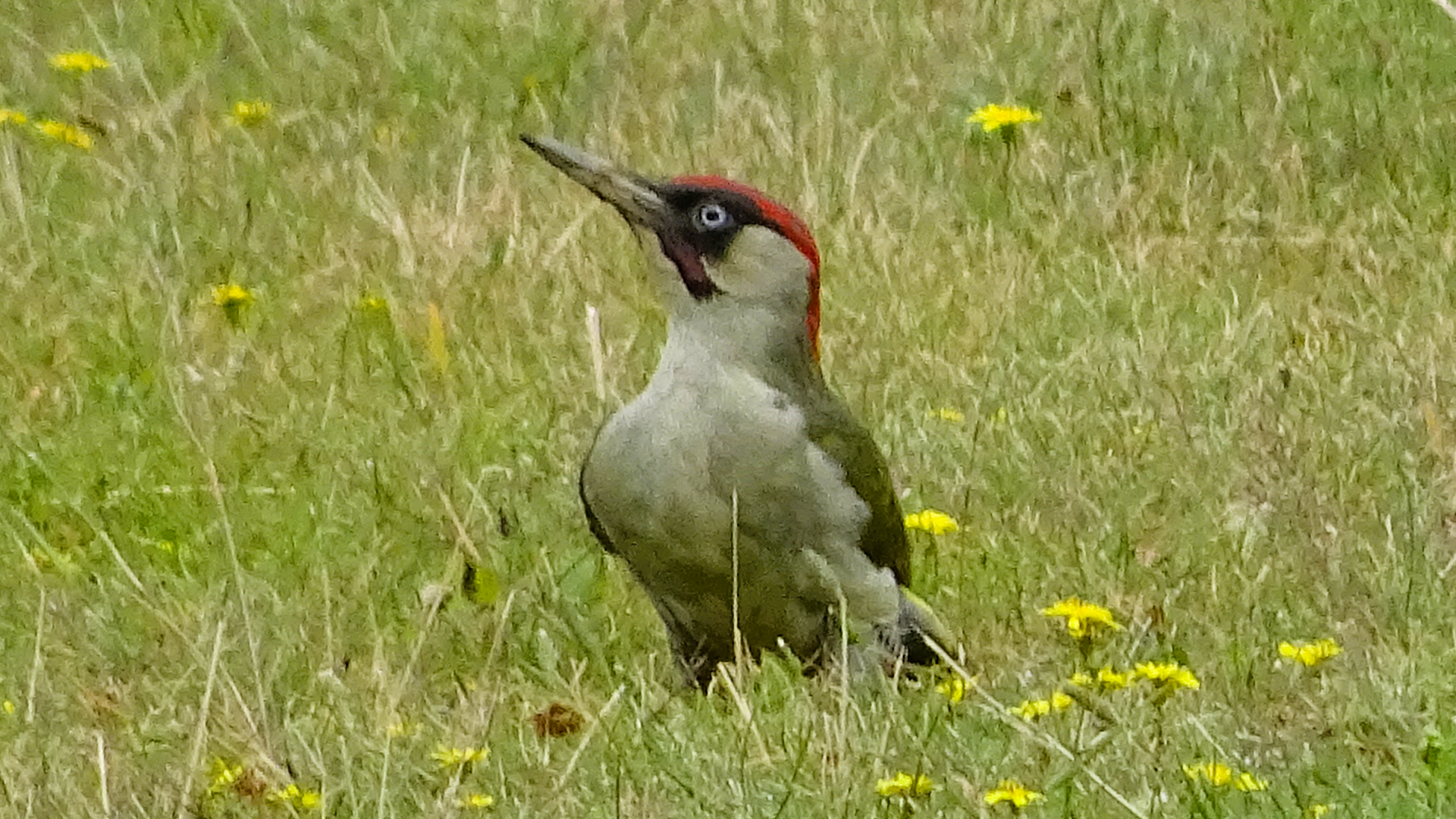
© Raymond Small TQ4793 05/07/2024
Picus viridis
Green Woodpeckers are more likely to be seen on the ground than in trees because they spend a lot of time searching for ants to eat. They are often found in areas where ant hills exist.
WOODLAND RED ANT
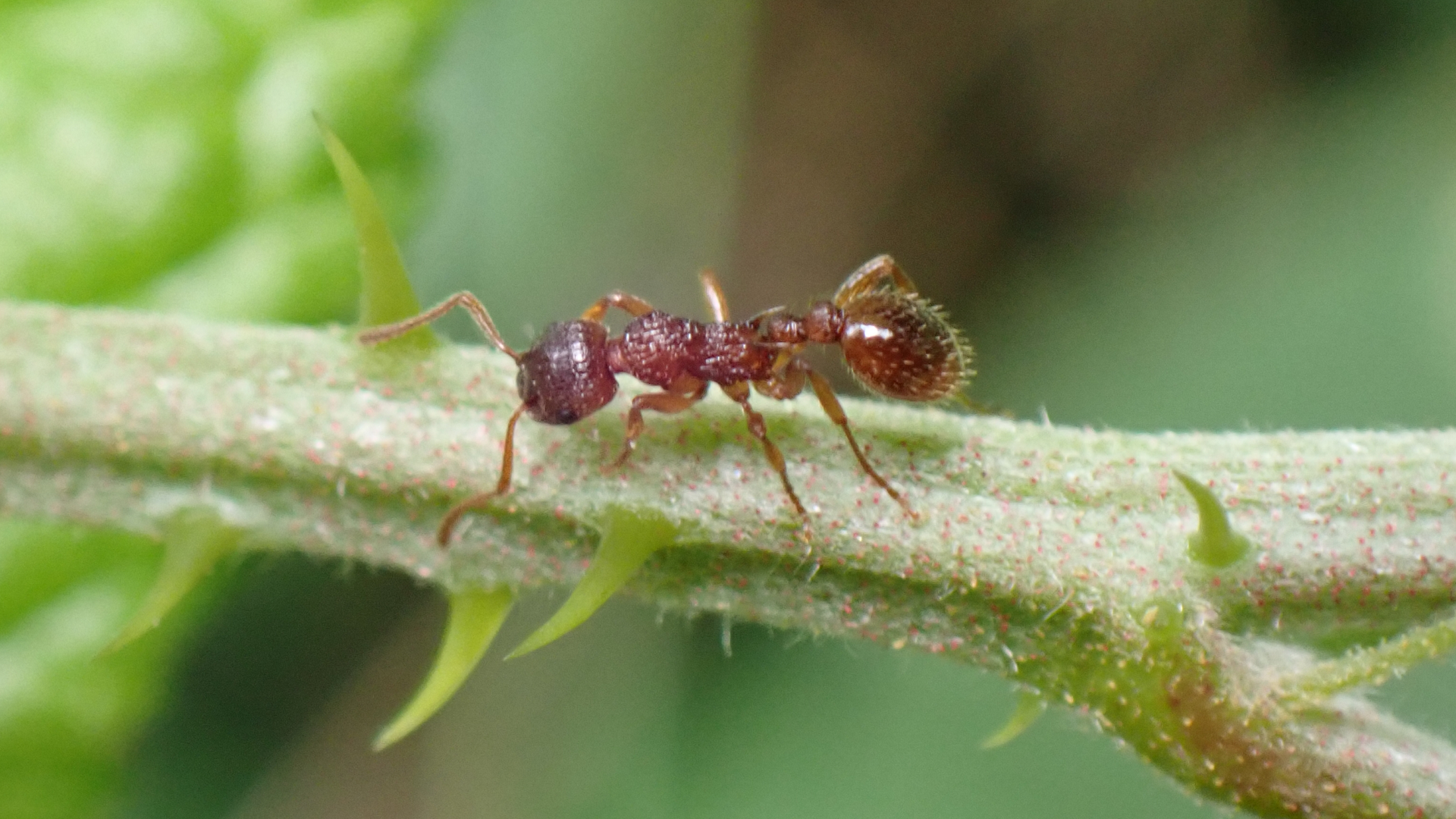
© Raymond Small TQ4793 02/07/2024
Myrmica ruginodis
Over fifty species of ant exist in Britain, seven belong to the
Myrmica family which typically have deep red colouration and the ability to inflict a weak sting. This
is the most common
Myrmica found in Britain. It lives in small colonies containing between 100-300 members and each colony may contain many egg-producing queens. Nests are built in tree trunks, decaying timber and under stones. There are two sub-species, one which has queens noticeably larger than the workers, the other with queens almost the same size as the worker. This aggressive woodland species feeds on insects and arachnids. Mating flights occur in July and August.
PEBBLE PROMINENT
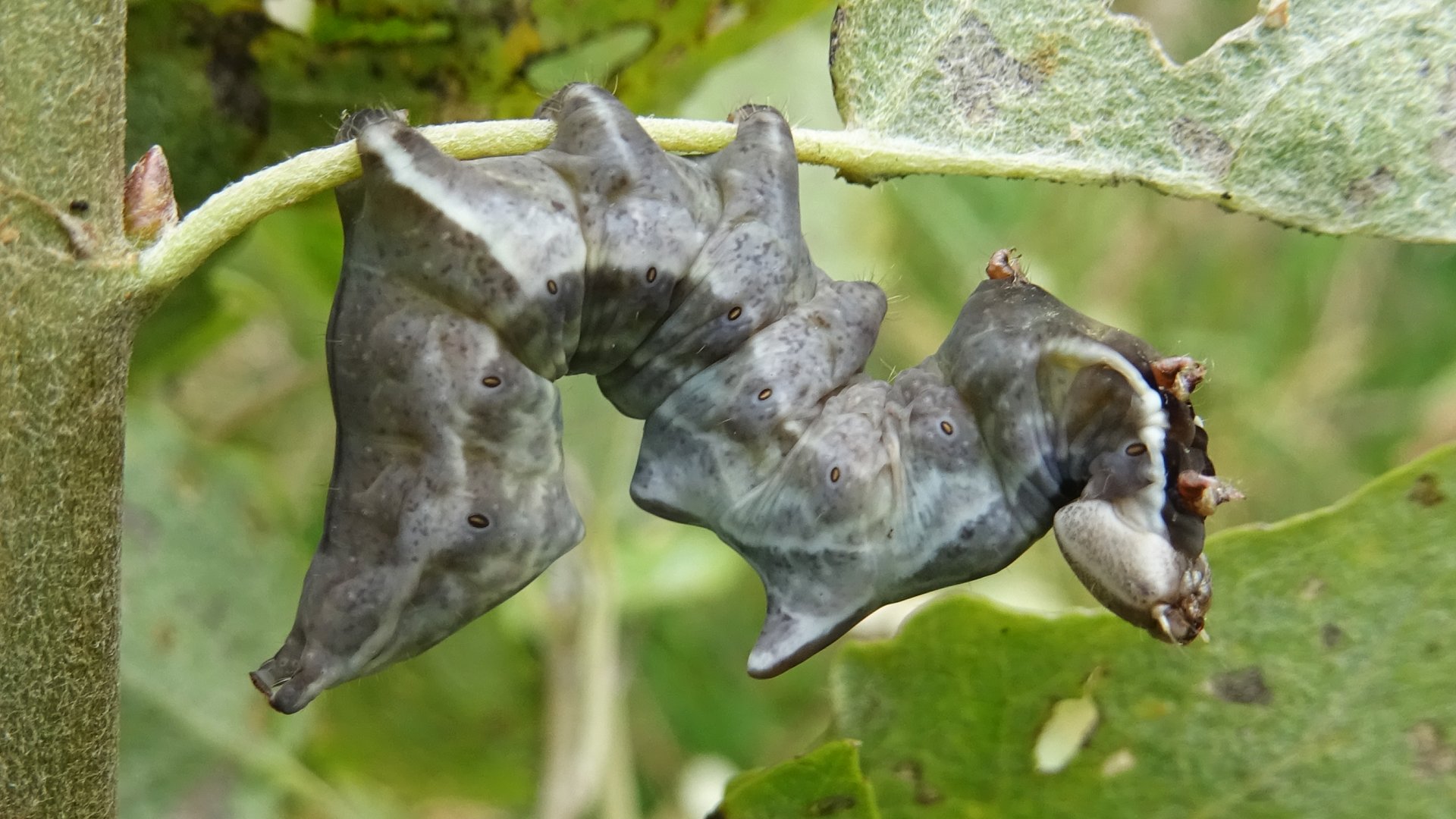
© Raymond Small TQ4792 03/07/2024
Notodonta ziczac
The Pebble Prominent moth inhabits woodland, scrub and heathland. Its larvae feed on poplar, sallow, willow and aspen.
PUSS MOTH
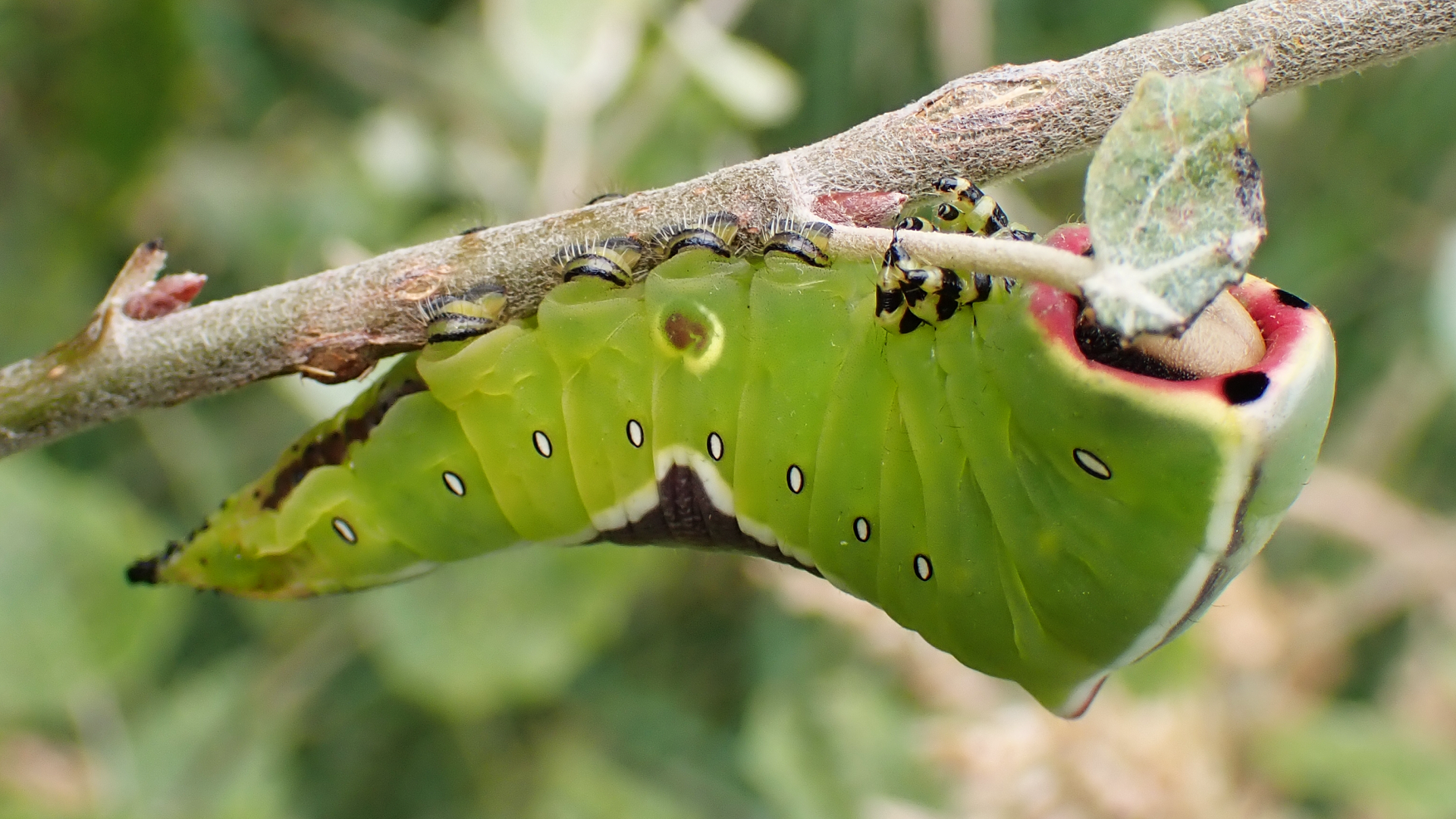
© Raymond Small TQ4792 03/07/2024
Cerura vinula
Caterpillars of the Puss Moth are up to 65 mm long. They are bright green with purple and white markings. When threatened they rear up revealing their 'face' before dispensing formic acid. These larvae live on poplar and willow from July until September.
CINNABAR
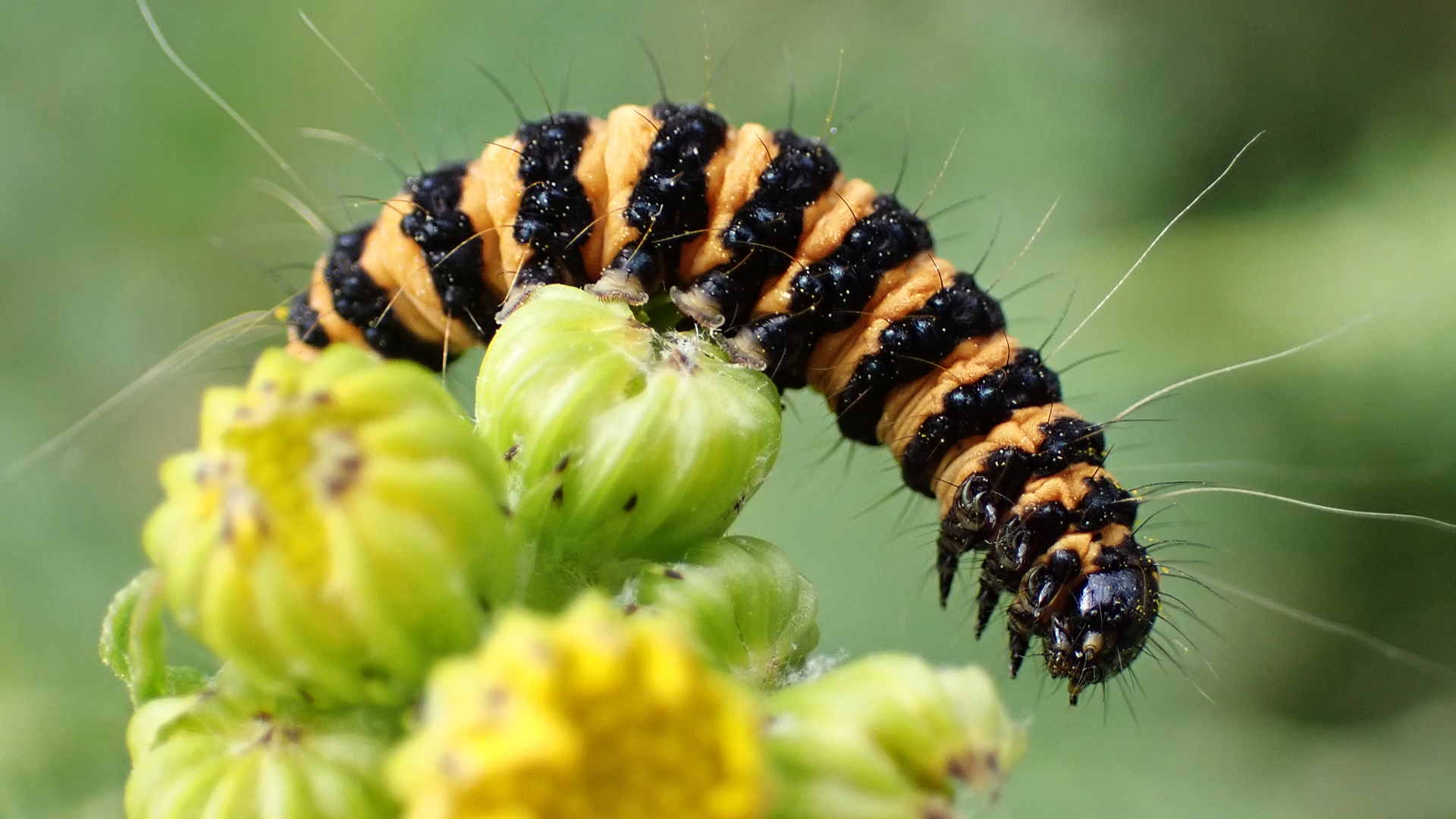
© Raymond Small TQ4793 04/07/2024
Tyria jacobaeae
Examine ragwort during July and August and you may find distinctive hairy orange-and-black hooped caterpillars of the Cinnabar moth in large numbers.
ELEPHANT HAWK-MOTH
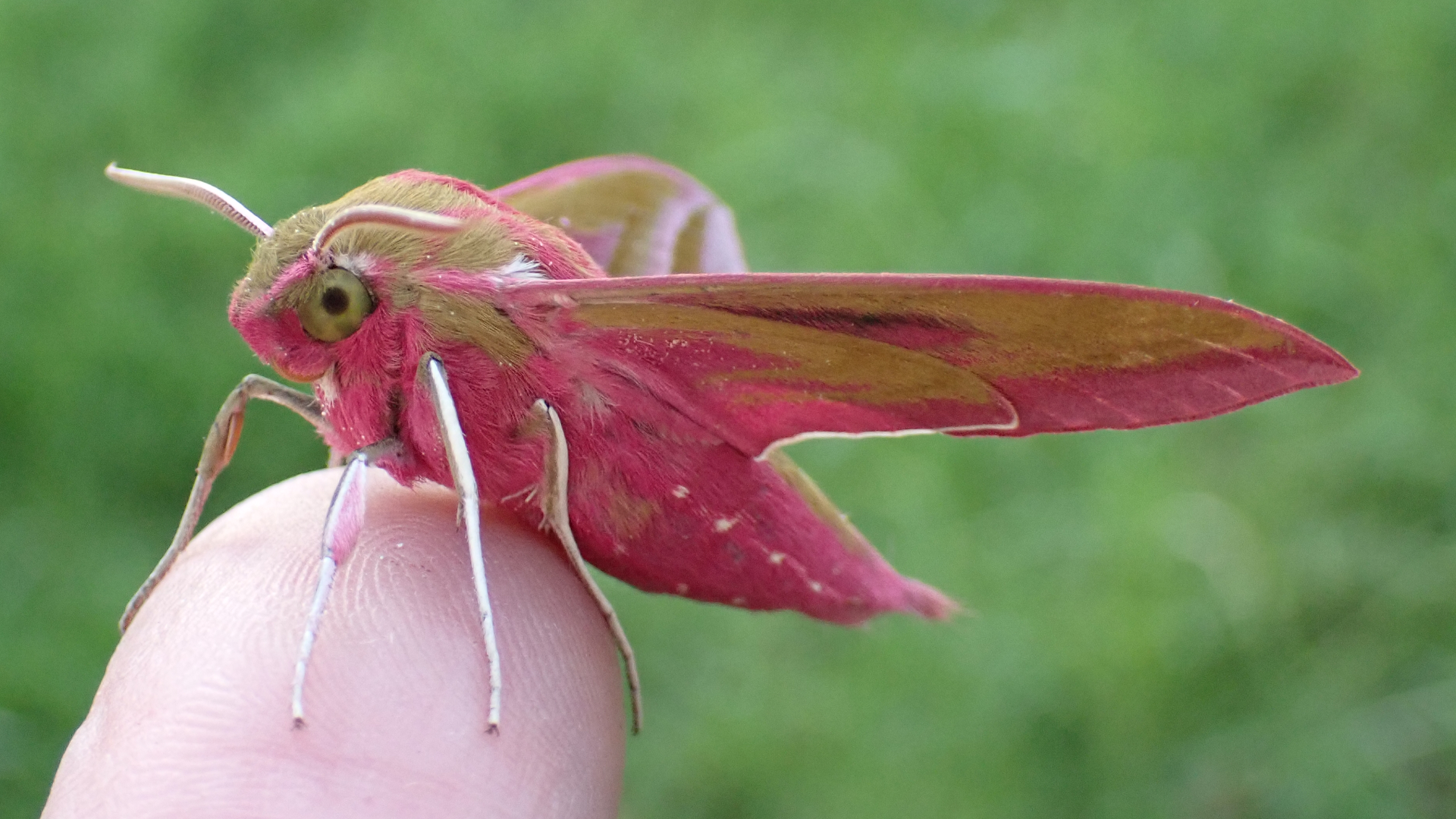
© Raymond Small TQ4692 14/07/2024
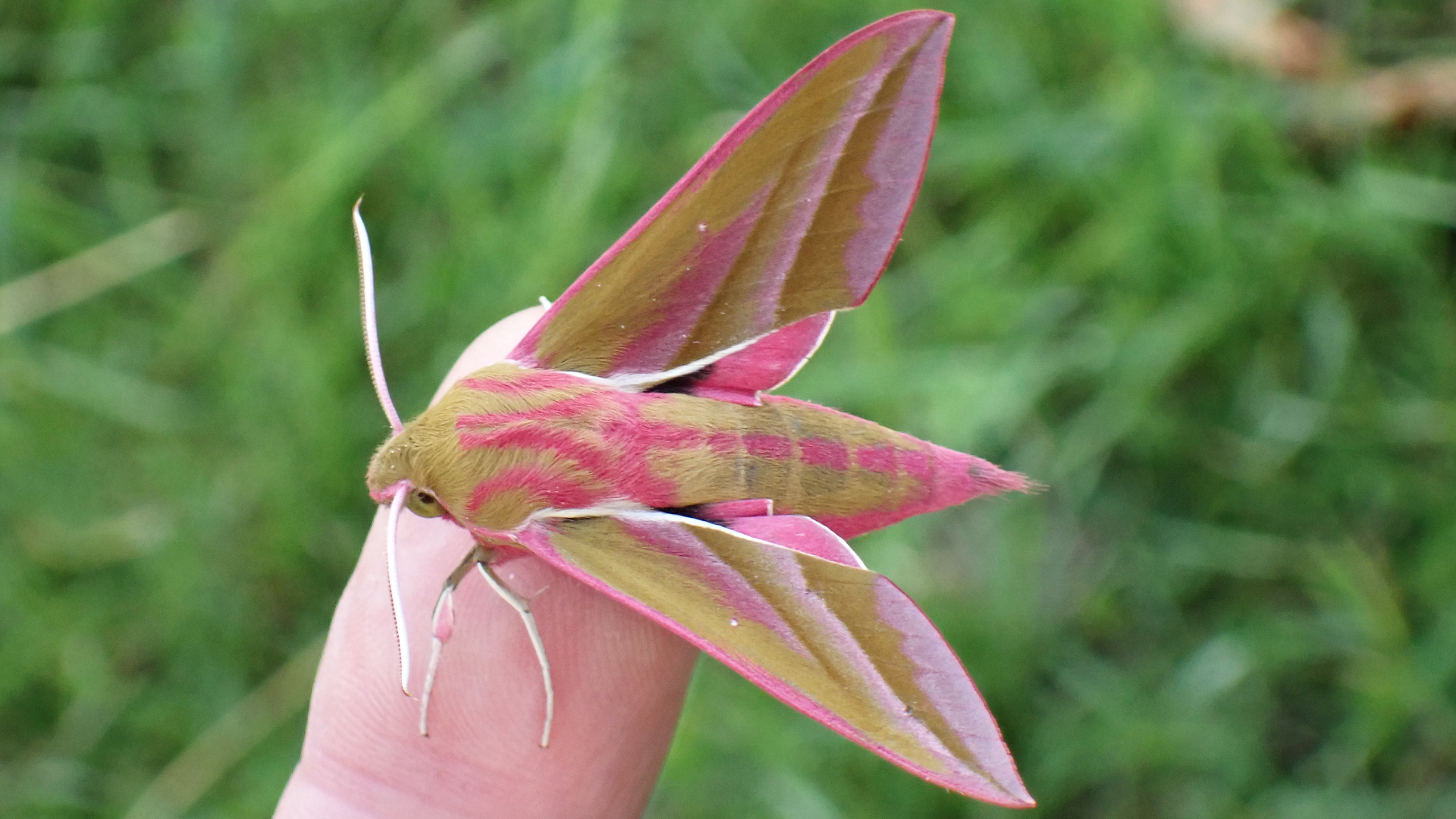
© Raymond Small TQ4692 14/07/2024
Deilephila elpenor
These beautiful moths fly from May to August. The common name is a reference to its large caterpillars that are shaped like an elephant's trunk, are up to 7 cm long and have two large eye spots. The caterpillars hide among leaves during the day and feed at night. Larval foodplants include willowherbs, bedstraws and fuschia.
SIX-SPOT BURNET
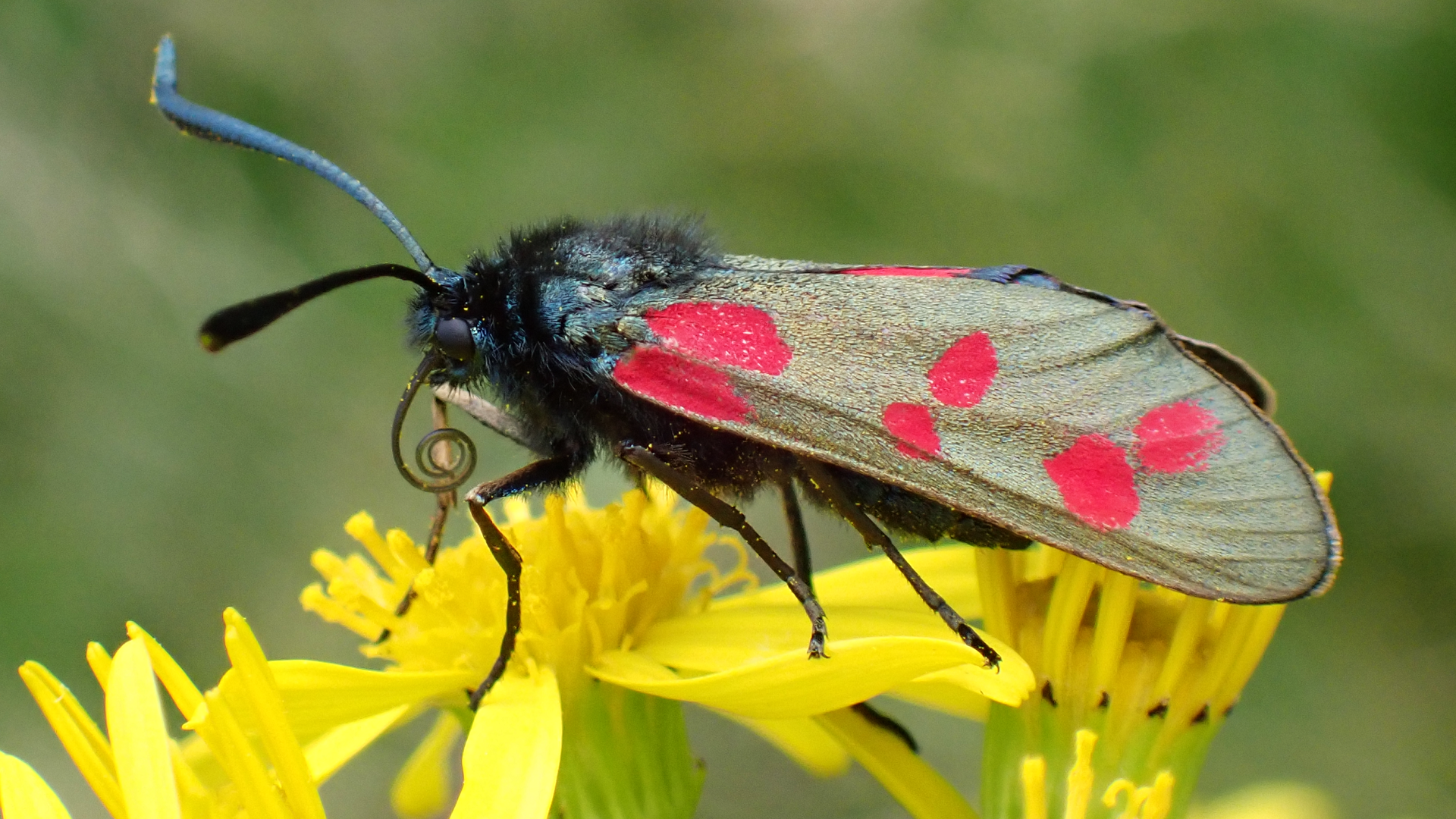
© Raymond Small TQ4792 17/07/2024
Zygaena filipendulae
This is the only British Burnet moth with six red spots on each forewing. Bird's-foot trefoil is the larval foodplant. Adults fly from June until August.
MOTH
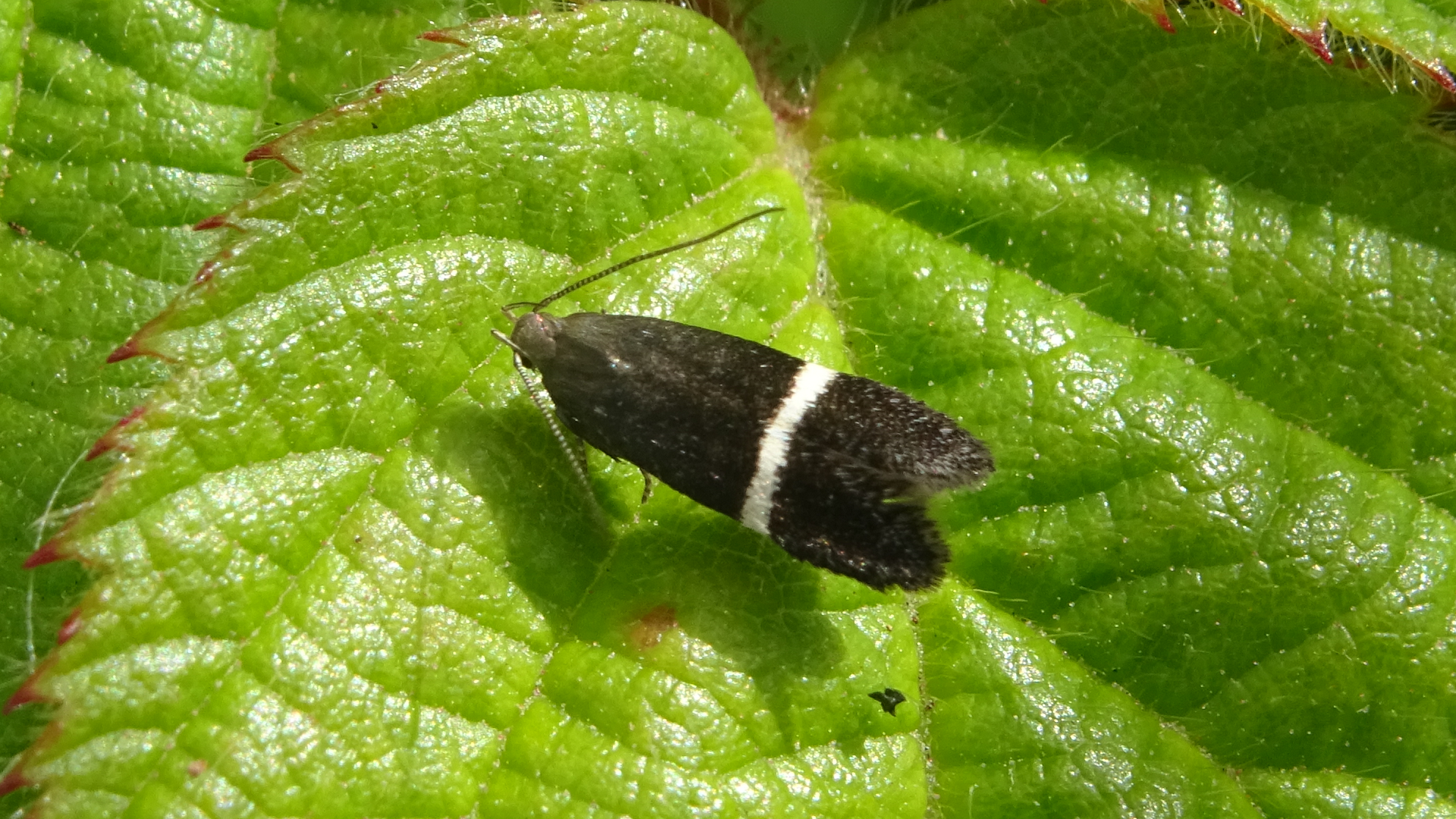
© Raymond Small TQ4894 04/07/2024
Aproaerema sp.
This is one of several moths belonging to the family Gelechiidae that are very similar in appearance. The family sometimes referred to as 'Twirler moths' are usually tiny with narrow fringed wings.
MARBLED WHITE
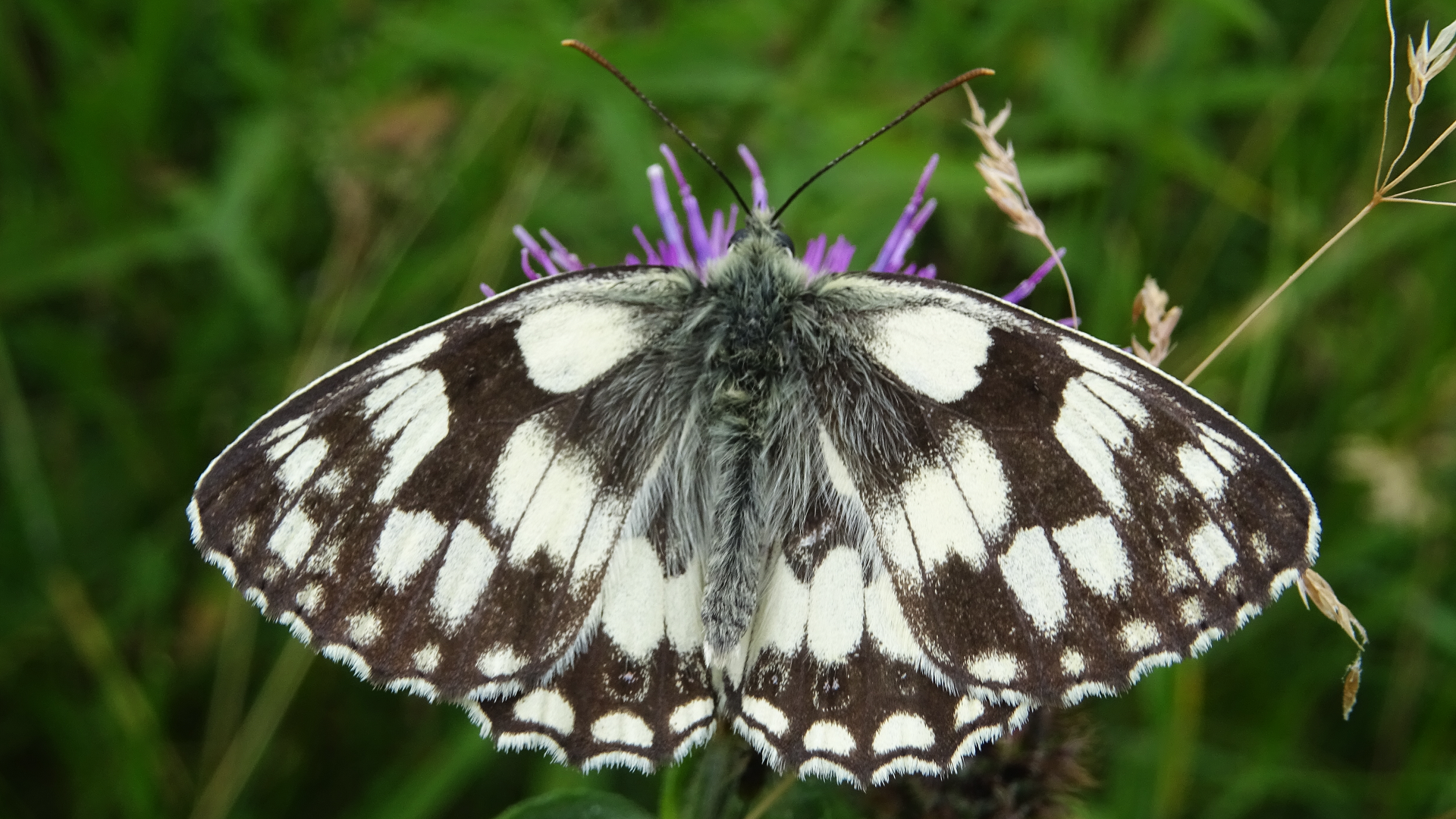
© Raymond Small TQ4792 01/07/2024
Melanargia galathea
The Marbled White visits meadows containing thistle and knapweed from late June until August. It is a member of the Brown Family (Satyridae).
ESSEX SKIPPER
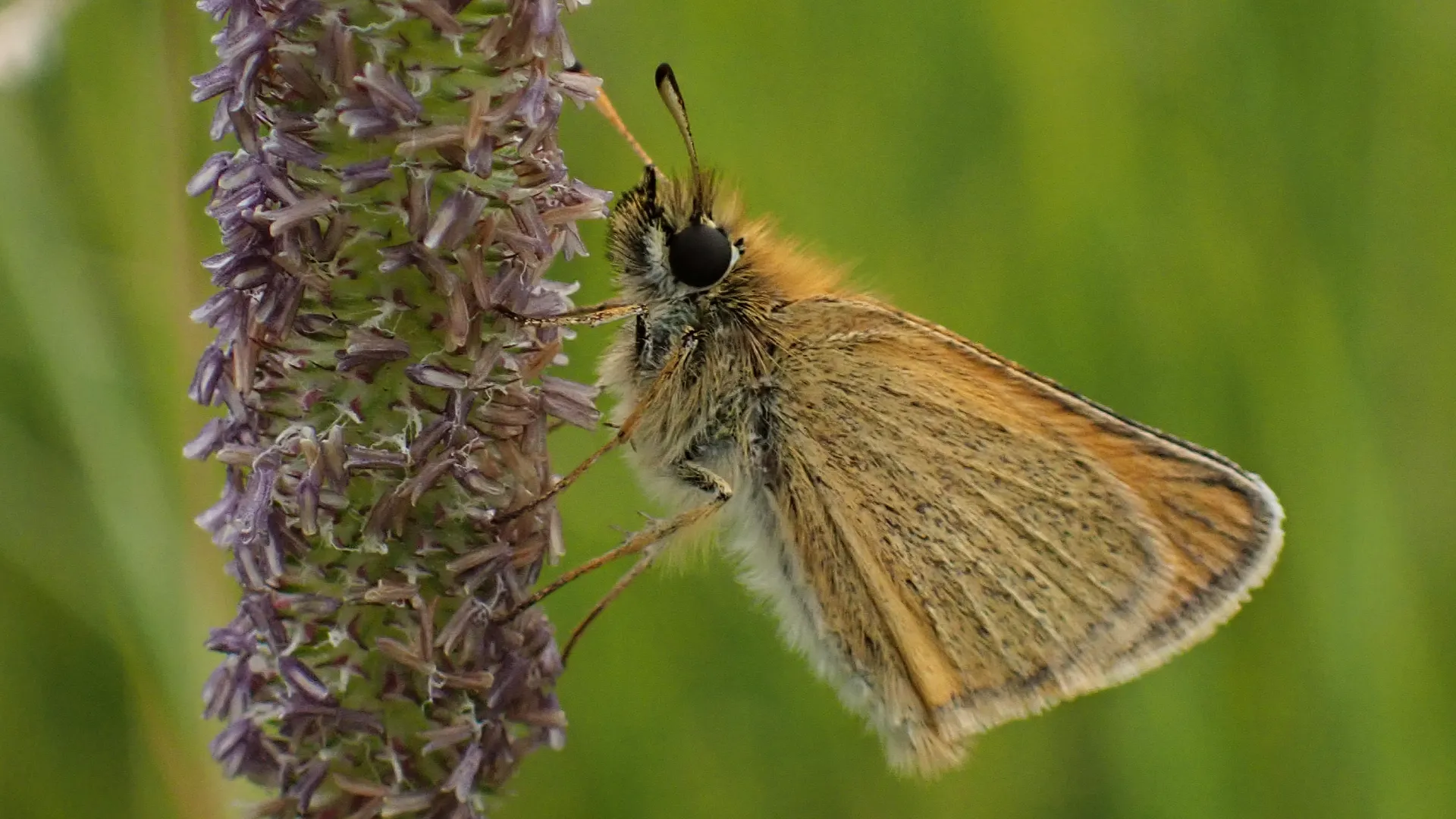
© Raymond Small TQ4792 01/07/2024
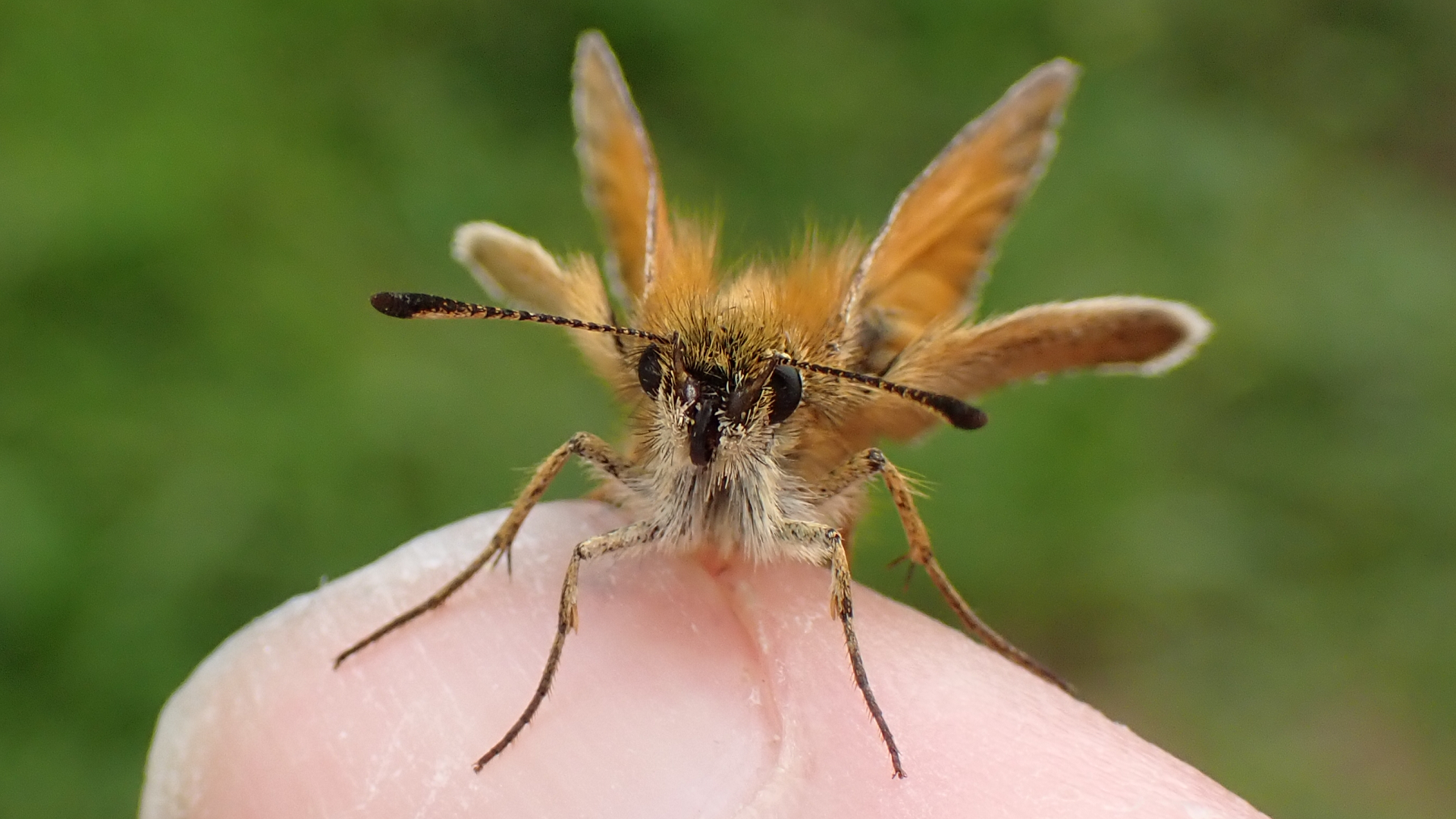
© Raymond Small TQ4692 13/07/2024
Thymelicus lineola
Essex Skippers are similar in appearance to Small Skippers and both are often recorded as an aggregate. To identify an Essex Skipper the antennae must be viewed from the front to see if they look like they have been dipped in black ink. This identification cannot be made looking at the back of the antennae. After the butterfly has flown onto your finger gently turn it to face the camera.
RINGLET
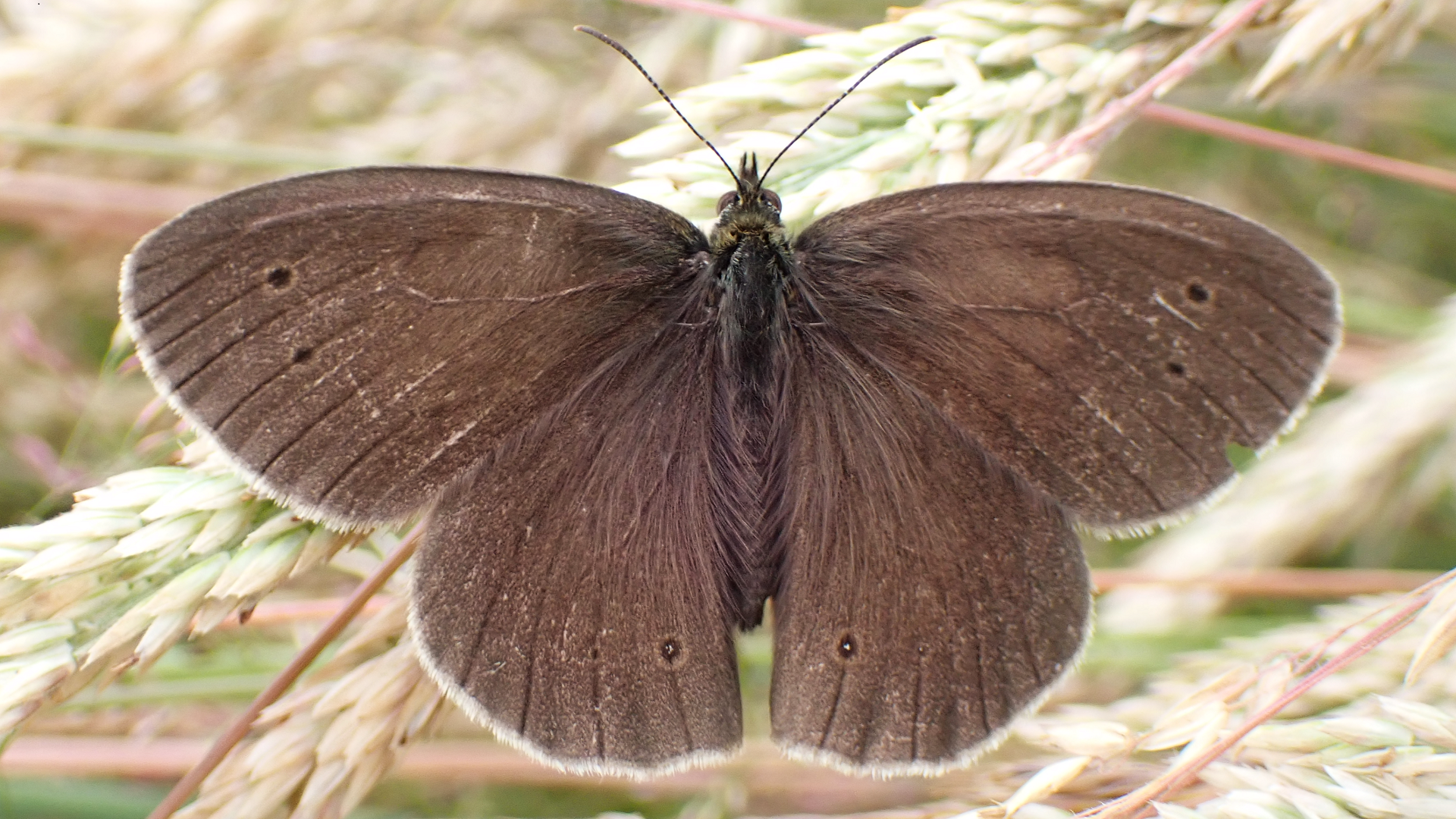
© Raymond Small TQ4792 02/07/2024
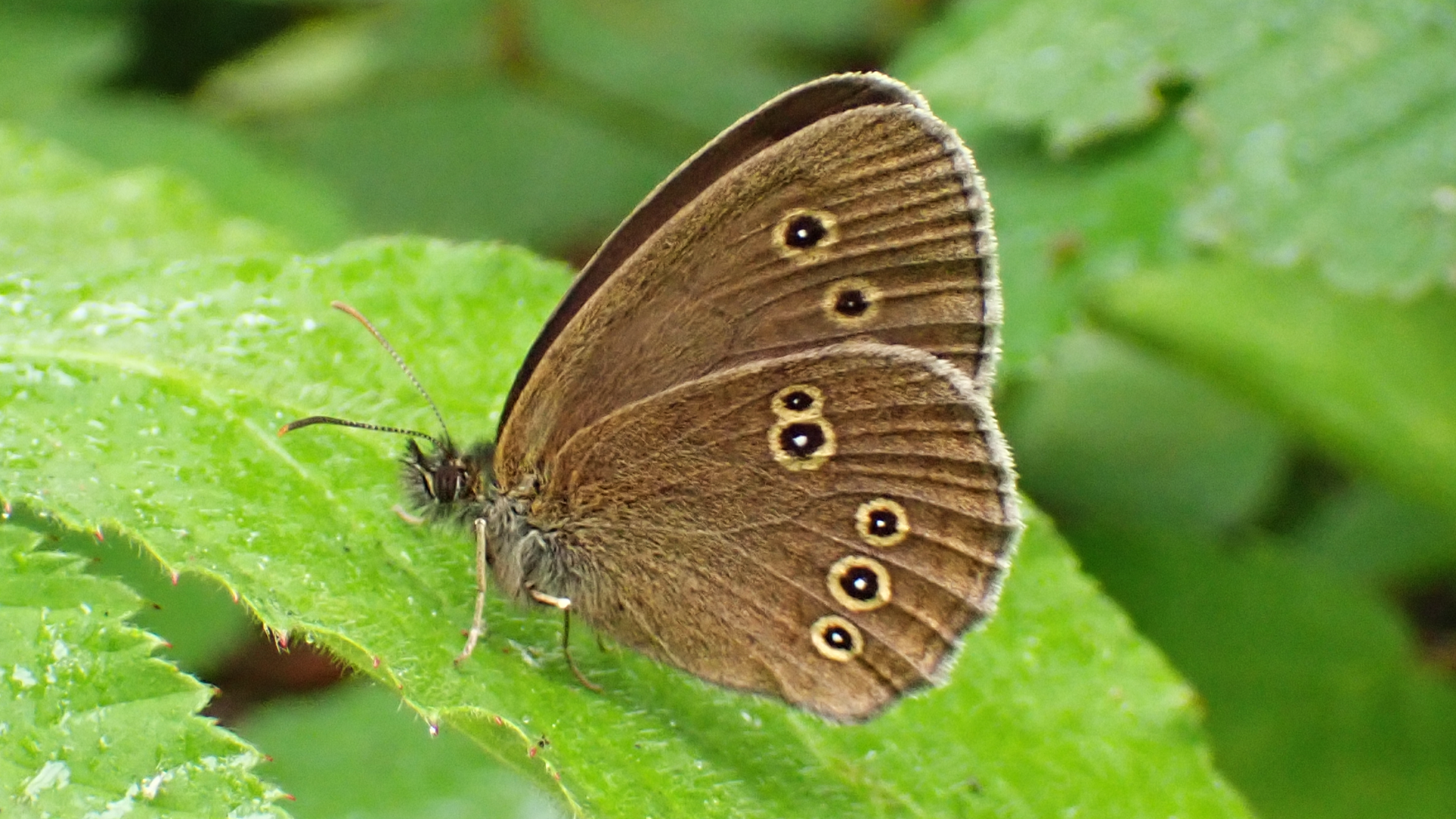
© Raymond Small TQ4792 02/07/2024
Aphantopus hyperantus
The number and size of wing spots on this species varies and sometimes the black rings are missing. These butterflies are usually found flying near bramble along the shaded forest paths. The larval feed on coarse grasses.
IRIS SAWFLY
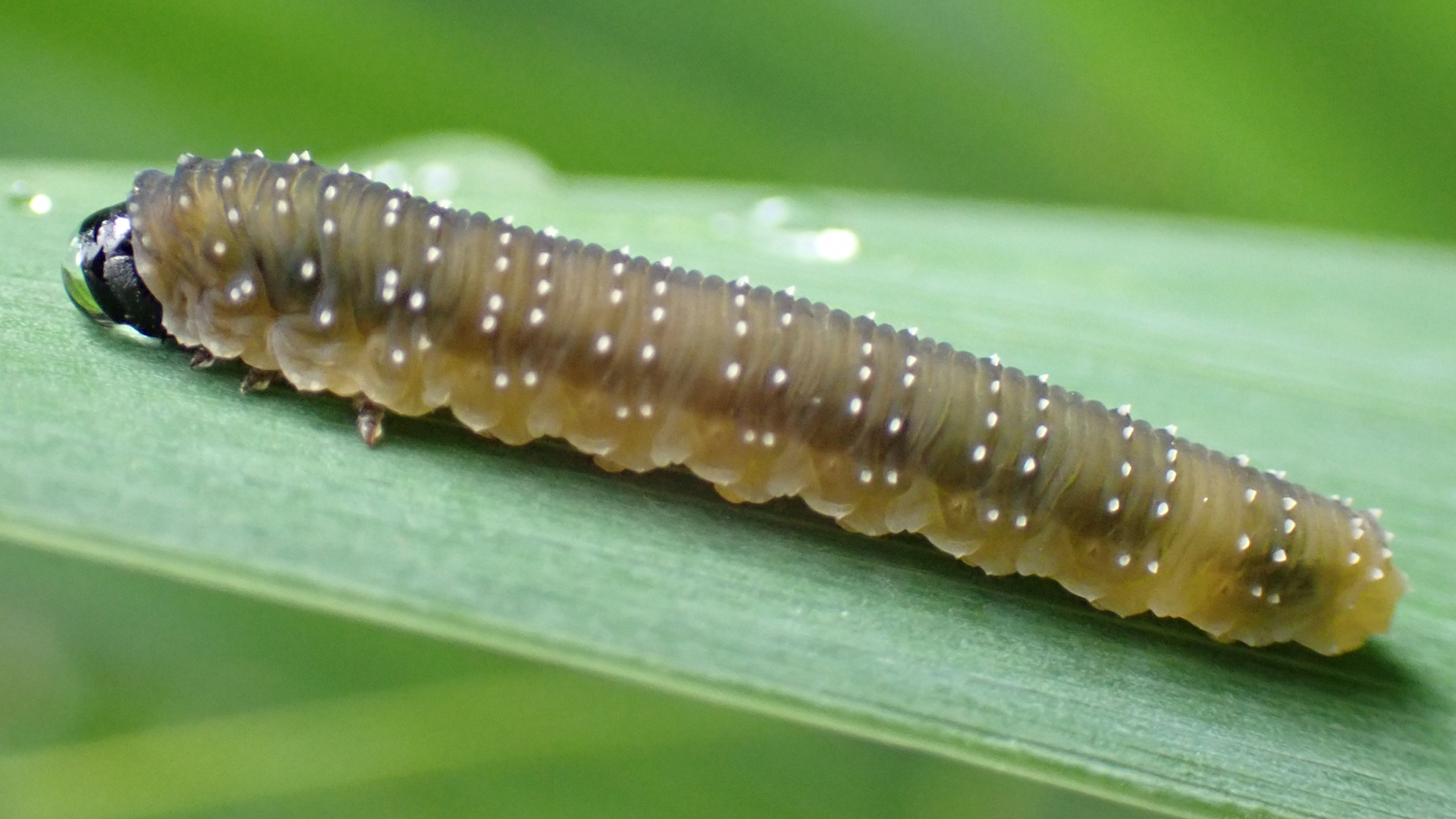
© Raymond Small TQ4793 05/07/2024
Rhadinoceraea micans
Four weeks ago the early instars of the Iris Sawfly were rather plain in appearance. Late instars are brownish and have white spots.
YELLOW AND BLACK LONGHORN
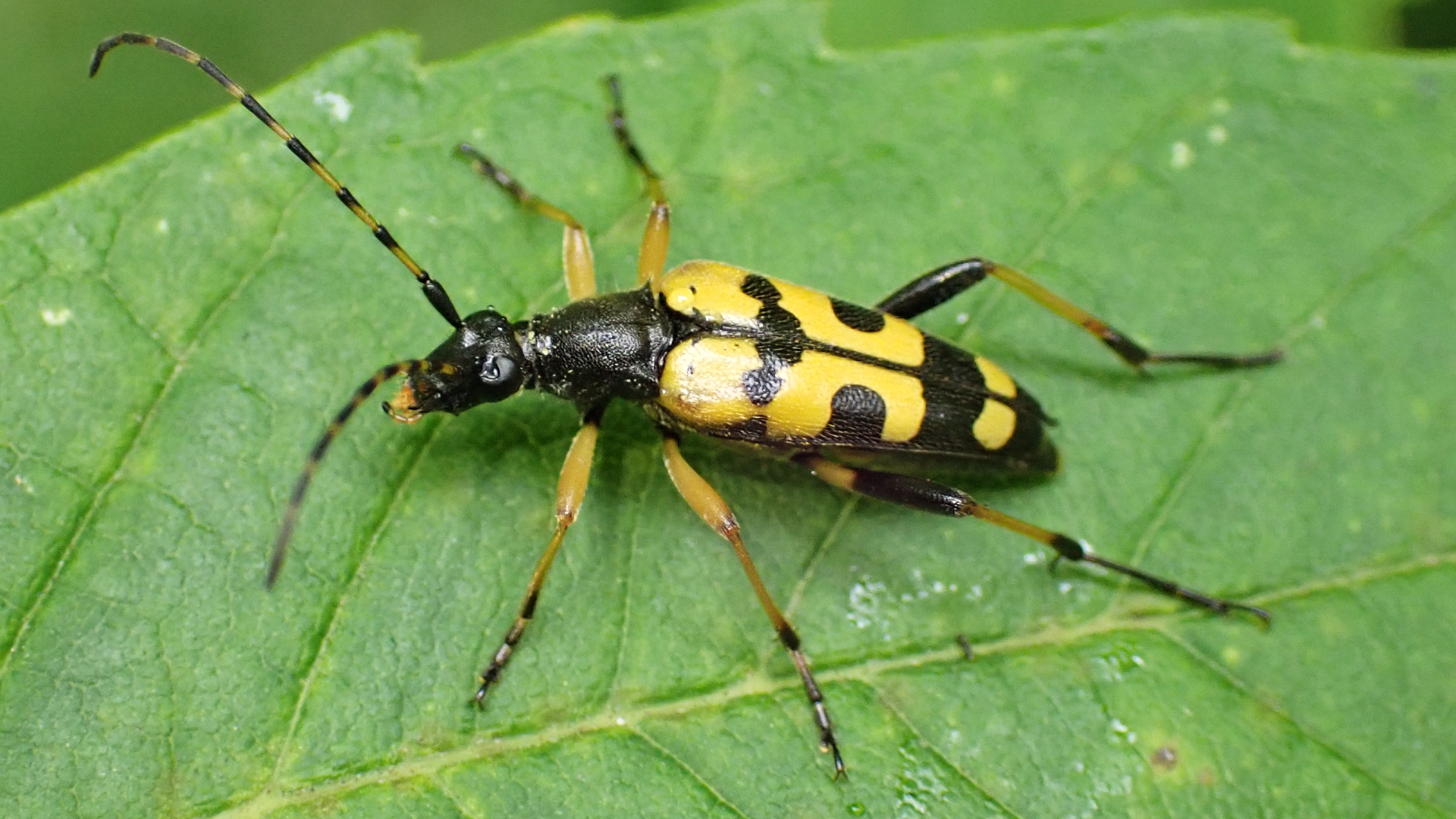
© Raymond Small TQ4793 02/07/2024
Rutpela maculata
Common beetle usually found on woodland hedgerows during June and July. Adults are active in warm weather feeding on nectar and pollen. The larvae live in moist decaying wood for 2-3 years with pupation occurring inside a cell formed in the wood. Adults are short-lived by comparison living only for 2-4 weeks.
THISTLE TORTOISE BEETLE
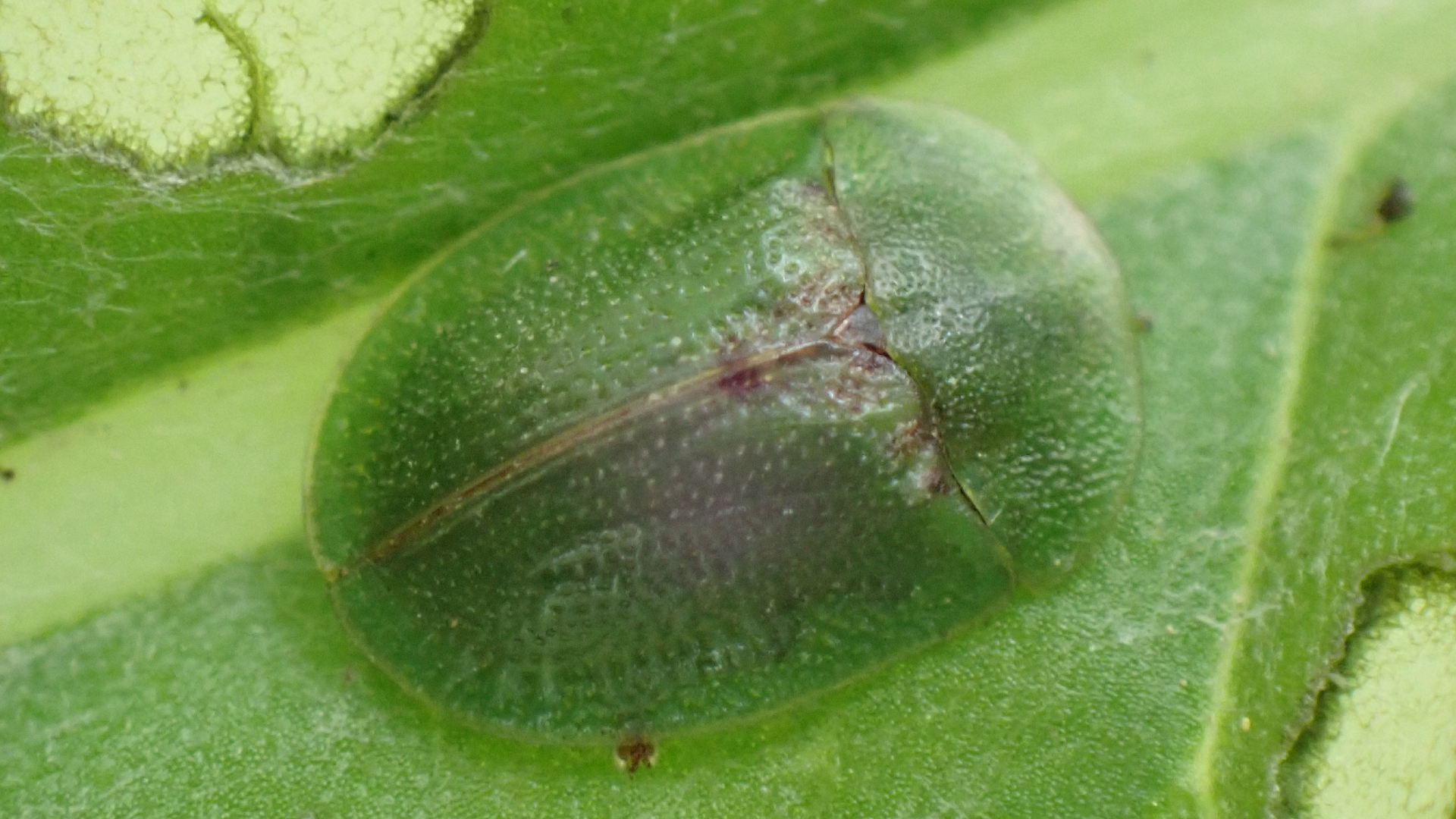
© Raymond Small TQ4792 05/07/2024
Cassida rubiginosa
A common beetle that lives on creeping thistle, but not always easy to see due to its relatively small size (7mm) and ability to blend in well when sitting flush against a thistle. From egg to adult may take as little as 5 or 6 weeks with the adult lifespan being about 20 months.
ROSE-STEM GIRDLER
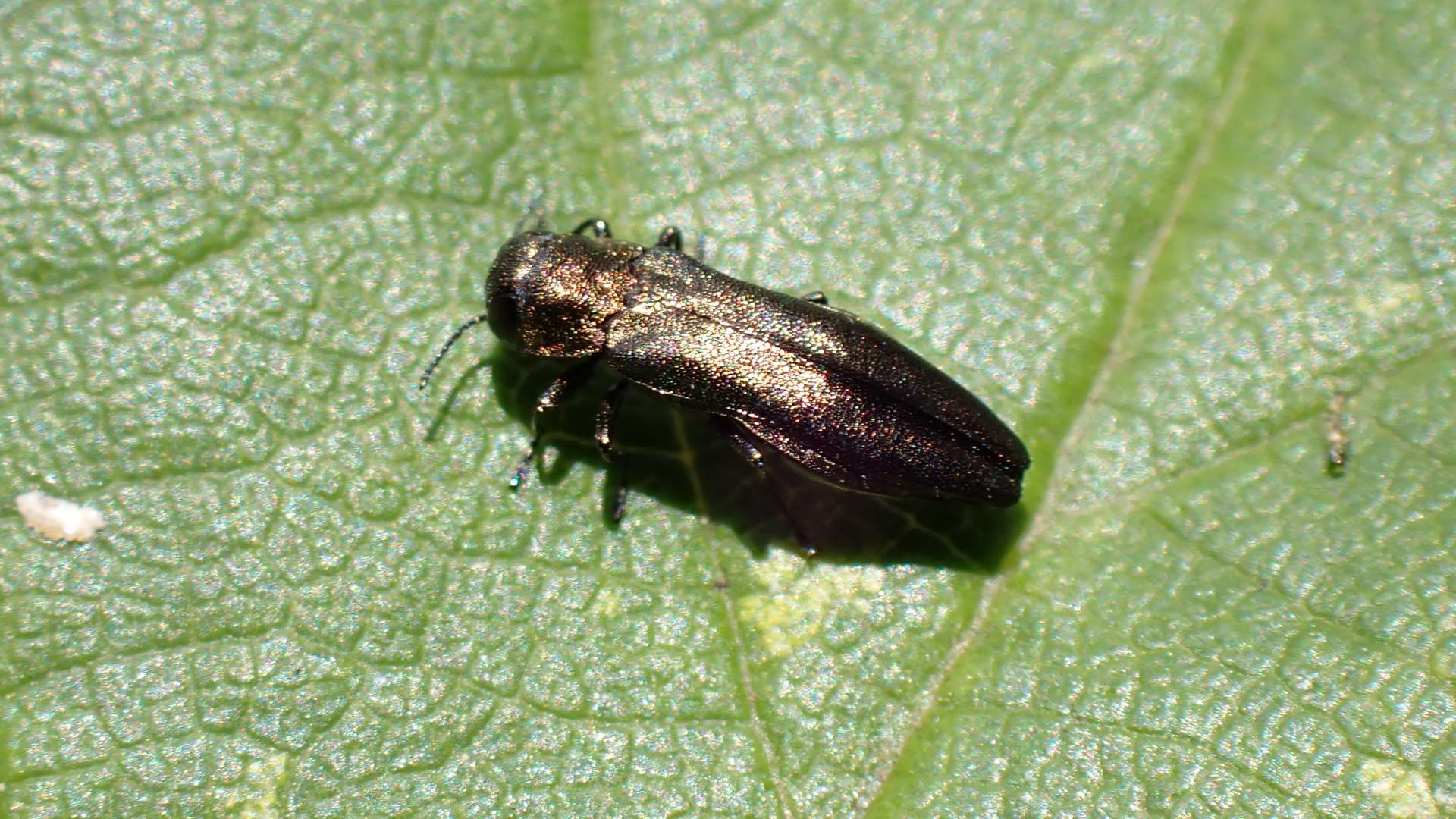
© Raymond Small TQ4692 04/07/2024
Agrilus cuprescens
This metallic wood-boring beetle belongs to a group known as Jewel Beetles. Close examination is required due to its similarity with other species. Thank you to Adrian Knowles and Rob Smith at Essex Field Club for the identification. This species likes to bask on bramble leaves in the sun and is a fairly recent arrival to Essex. The copper-coloured adults have a narrow tapering end to the abdomen. Morning is their preferred time for feeding, mating, and egg laying. They like to rest on foliage during the evening. Females must feed prior to laying eggs. Temperature affects how long their eggs take to hatch which can be from four to fourteen days.
THICK-ANTENNAE PLANT BUG
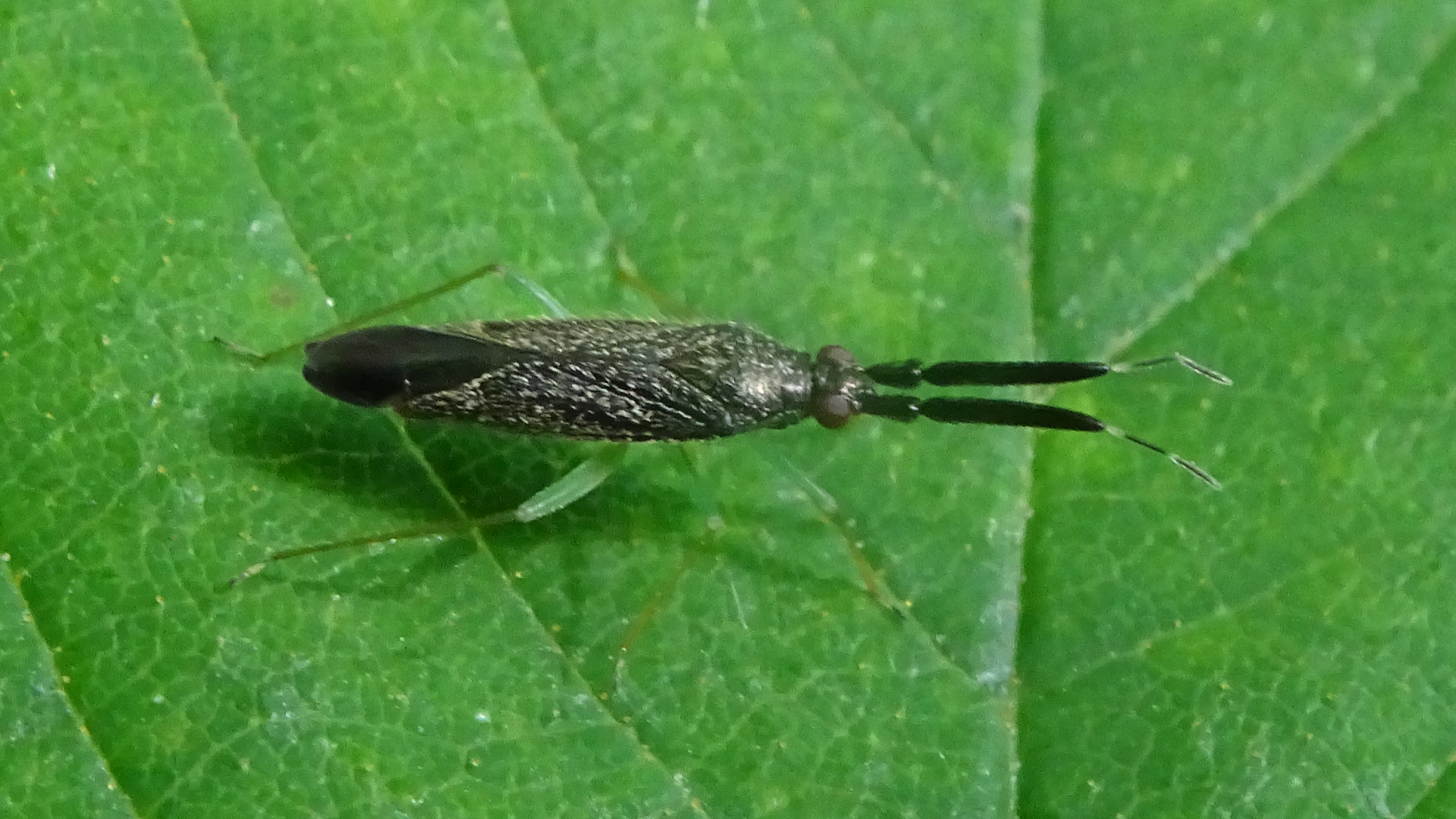
© Raymond Small TQ4793 11/07/2024
Heterotoma planicornis
This common bug is found on trees and shrubs, especially nettles. It is easy to identify by the broad, flattened, second antennal segment, dark brown body colouration and green legs. As well as feeding on plant buds and unripe fruits it consumes small insects. Its eggs hatch during May with the reddish nymphs turning into adults from June. Adults about 5mm long are usually seen from July until October.
NETTLE LEAF MIRID
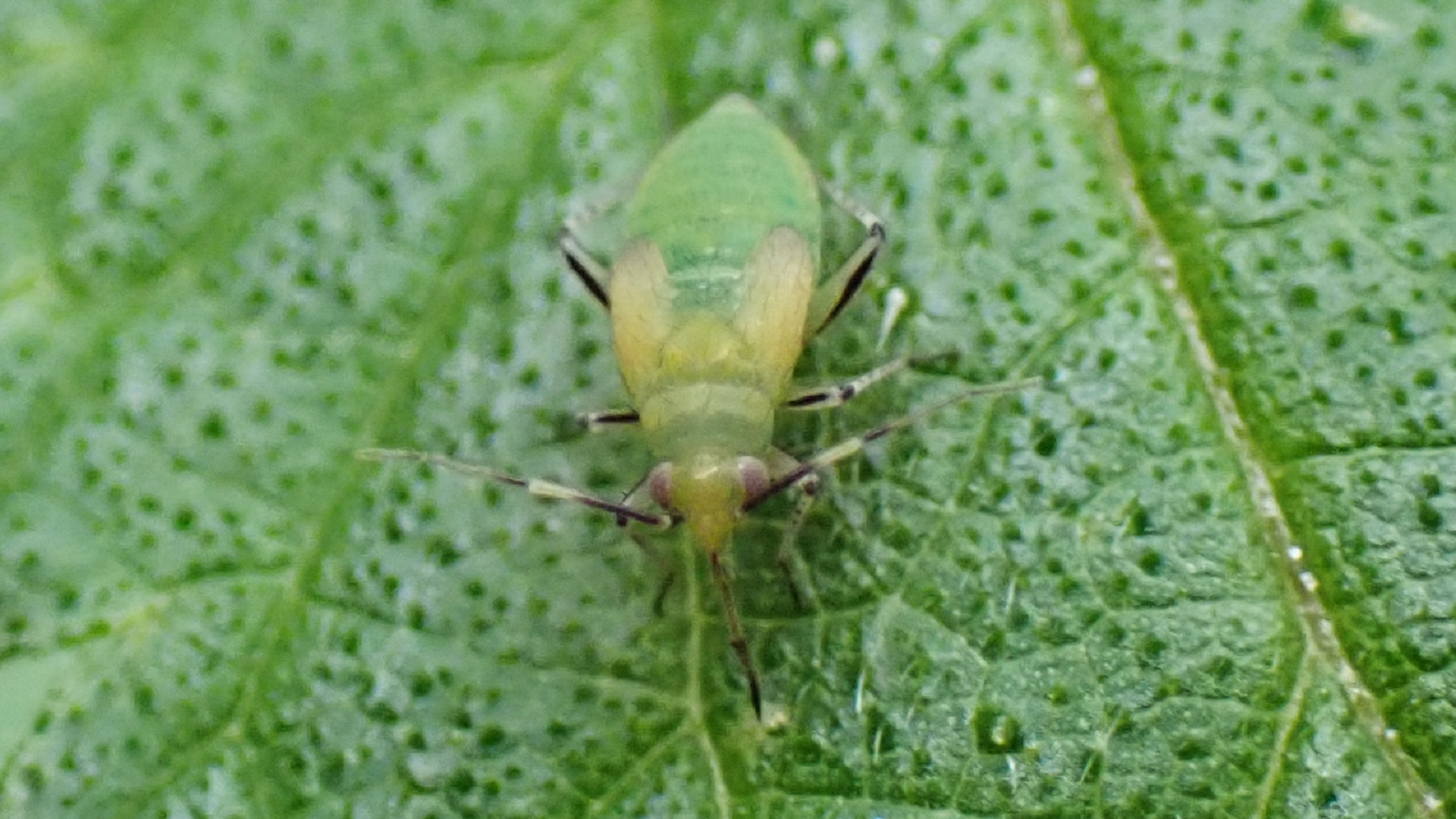
© Raymond Small TQ4793 11/07/2024 Final instar nymph
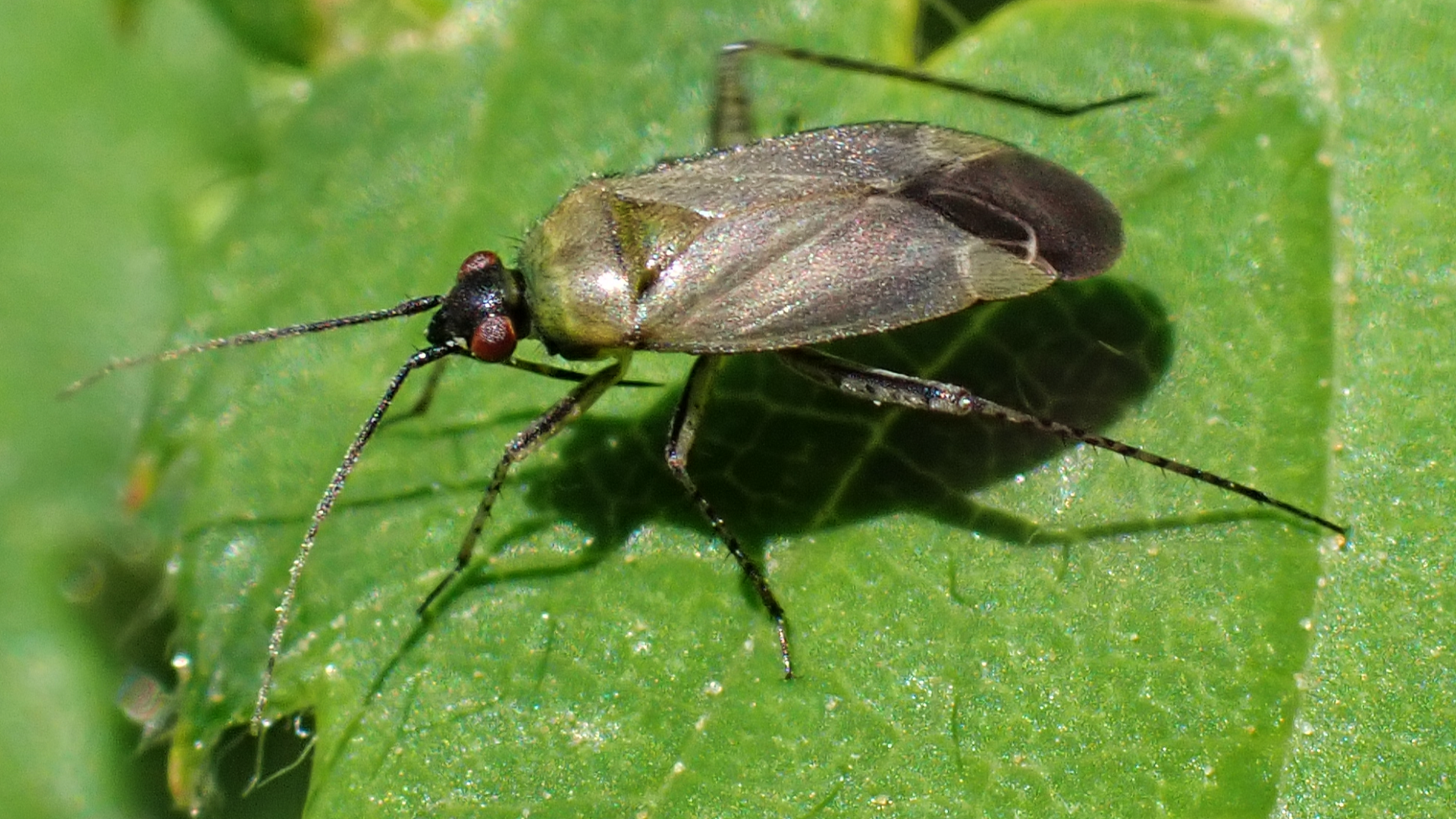
© Raymond Small
TQ4793 11/07/2024
Adult
Plagiognathus arbustorum
This is an extremely common bug found on nettles. The adults have a ground colour that varies from pale olive-green to almost black. The dark edges of the hind femora are a useful identification characteristic. Adults are about 4mm long; nymphs are smaller.
KNAPWEED PLANT BUG
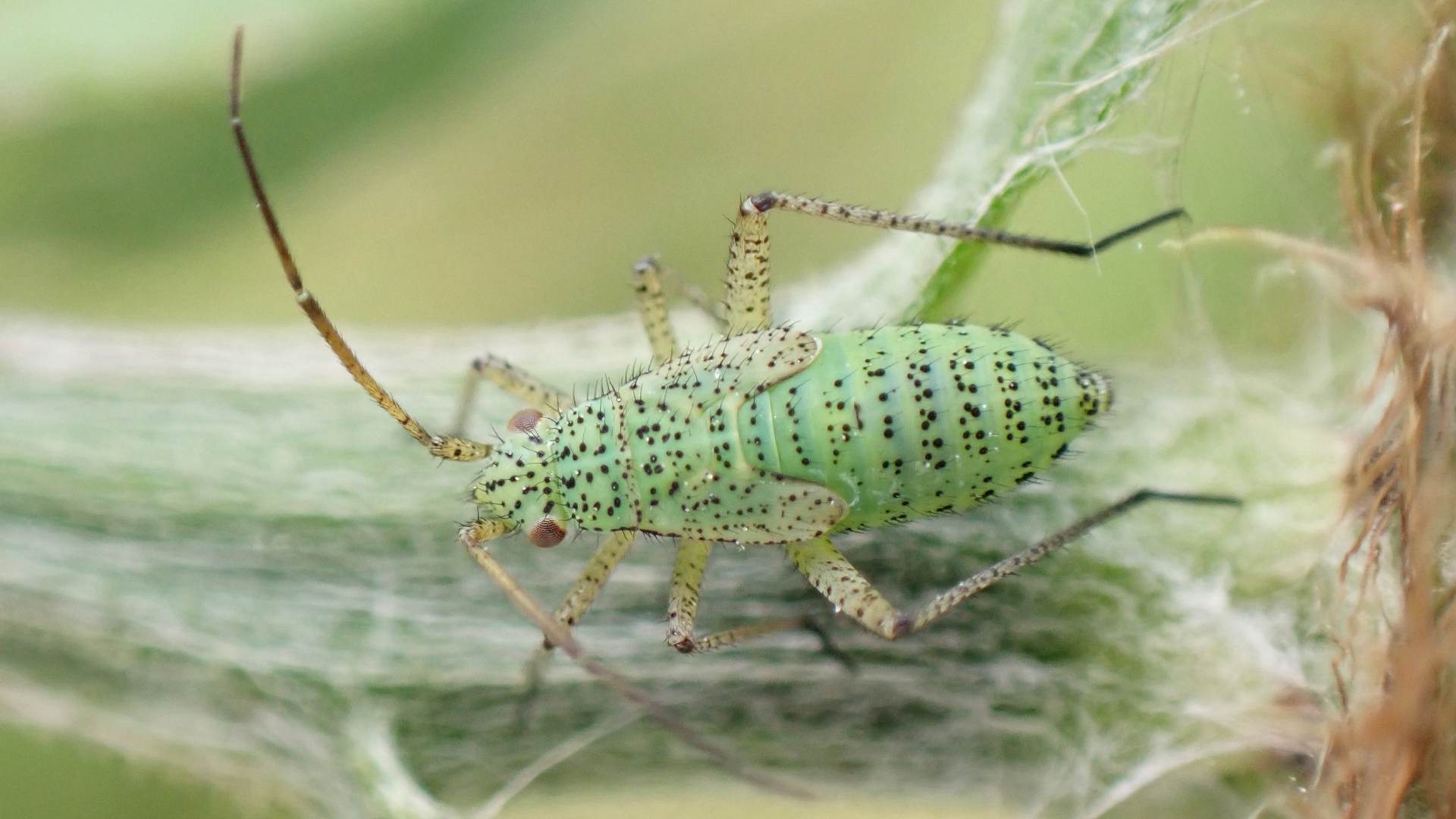
© Raymond Small TQ4792 01/07/2024 Nymph
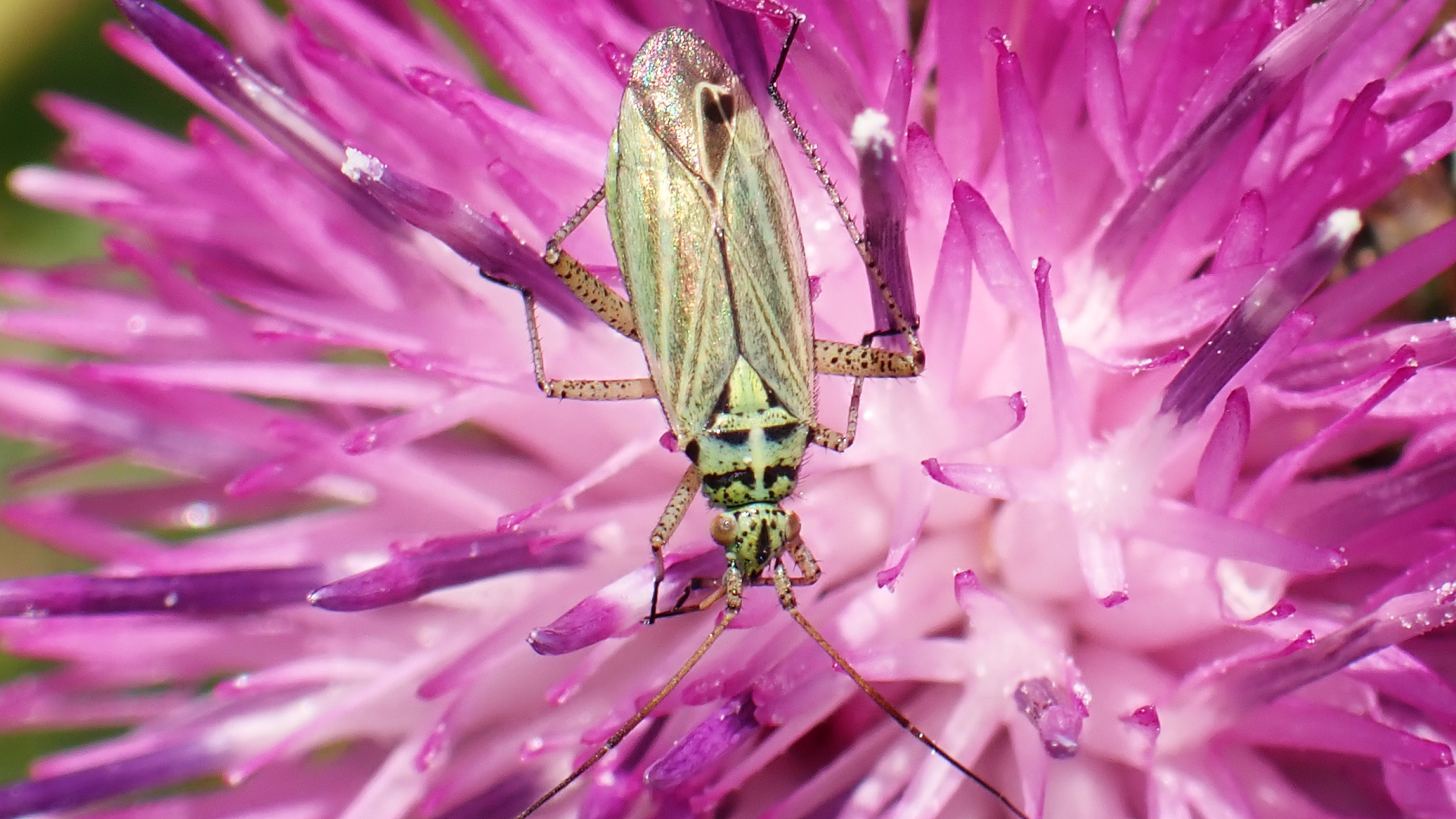
© Raymond Small TQ4792 01/07/2024 Adult
Oncotylus viridiflavus
This tiny mirid bug feeds on common knapweed and is often seen on flowerheads. Adults, 5-6 mm, appear from July until September. This distinctive species is unlikely to be mistaken for any other.
LEAFHOPPER
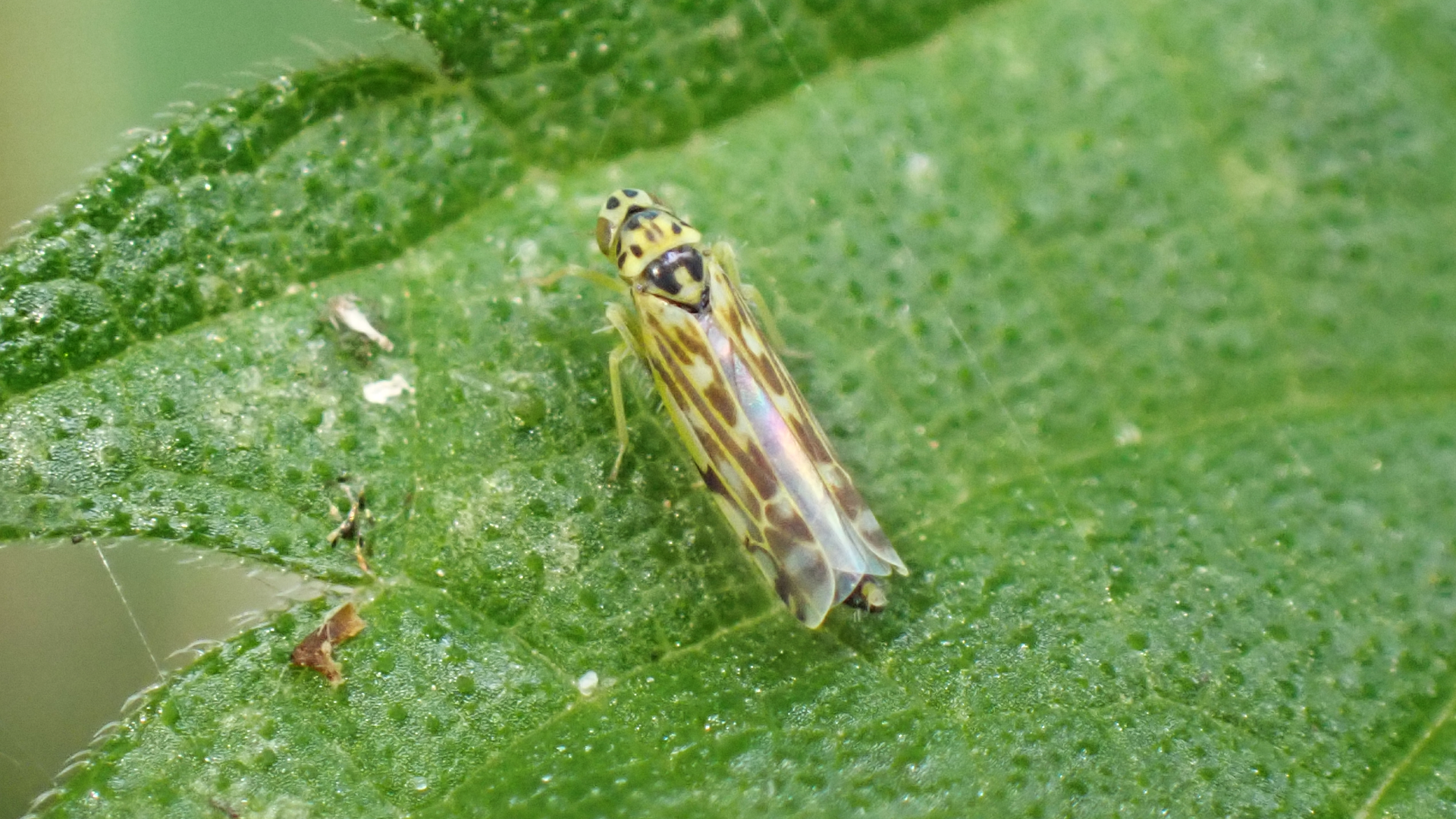
© Raymond Small TQ4793 02/07/2024
Eupteryx urticae
A spectacular leafhopper measuring 3mm in length usually encountered on nettles from May to November.
These tiny insects, sometimes referred to as 'hoppers', are plant feeders that suck sap. Leafhoppers are generally thinner and smaller than froghoppers, they also have a row of prominent, regular spines on the rear tibiae.
NETTLE PLANT BUG
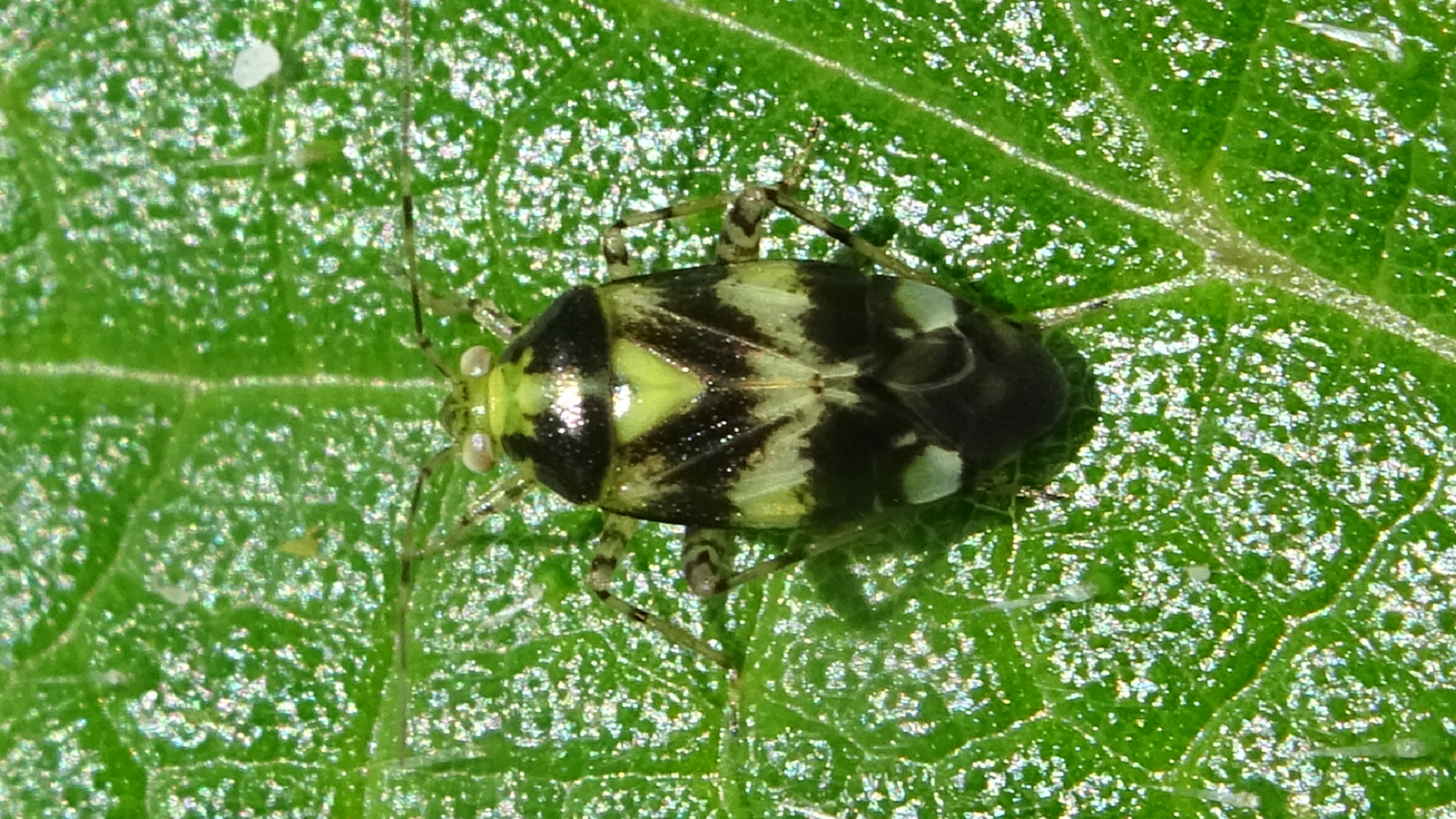
© Raymond Small
TQ4793 12/07/2024
Liocoris tripustulatus
This common bug, 4-5 mm in length, is associated mainly with its host plant, stinging nettles. It can be found as an adult throughout the year with varying colouration that is strongly related to age. In spring following hibernation, the ground colour is generally darker and the cuneus more orange-yellow. When the new generation of adults appear in mid-summer they are normally lighter with less intense markings.
TORTOISE SHIELDBUG
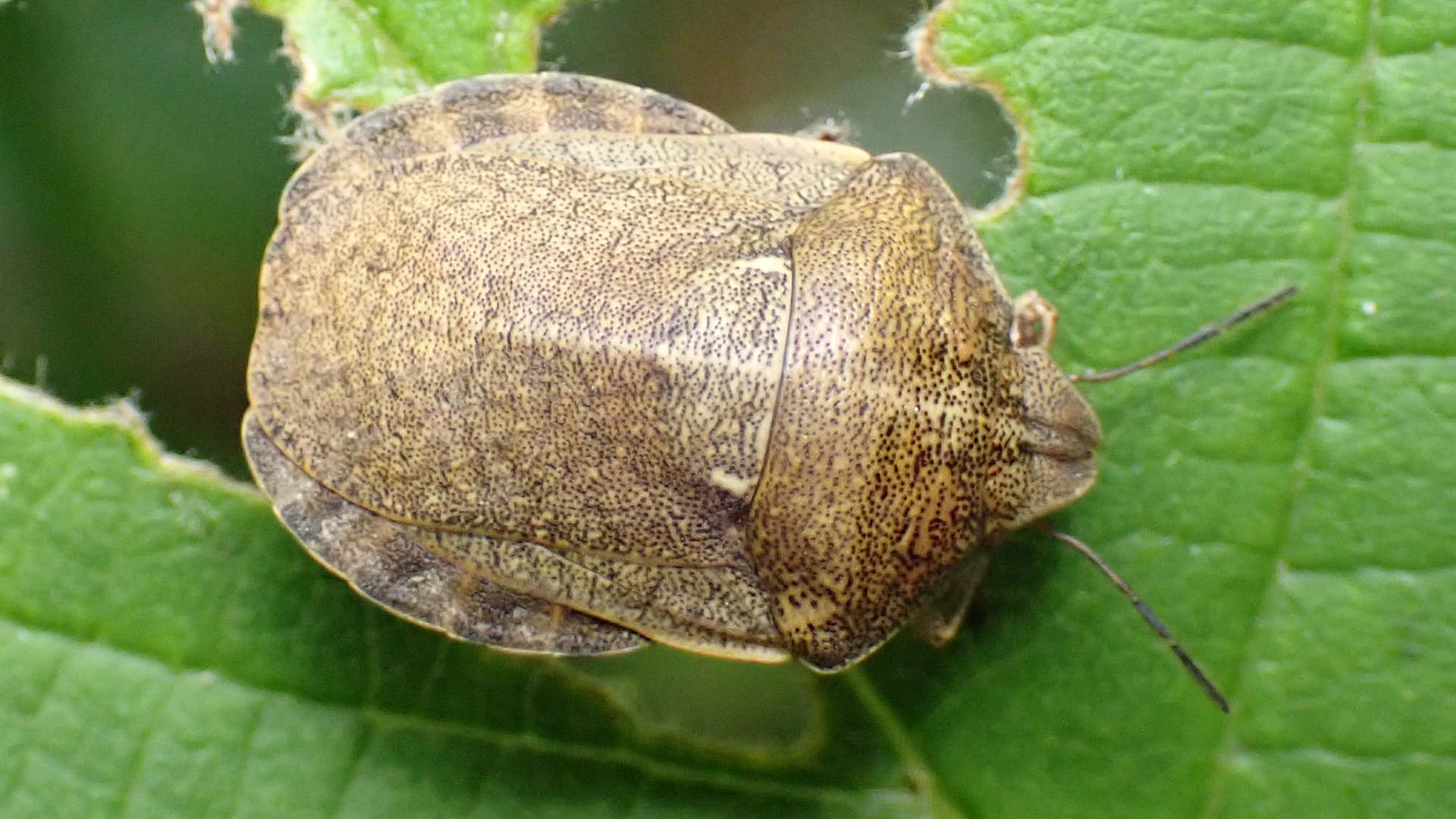
© Raymond Small TQ4793 05/07/2024
Eurygaster testudinaria
Markings and ground colour vary on this species. There is a noticeable central depression at the front of the head. The nymphs feed on various grasses. Length 9-11 mm.
THICK-HEADED FLY
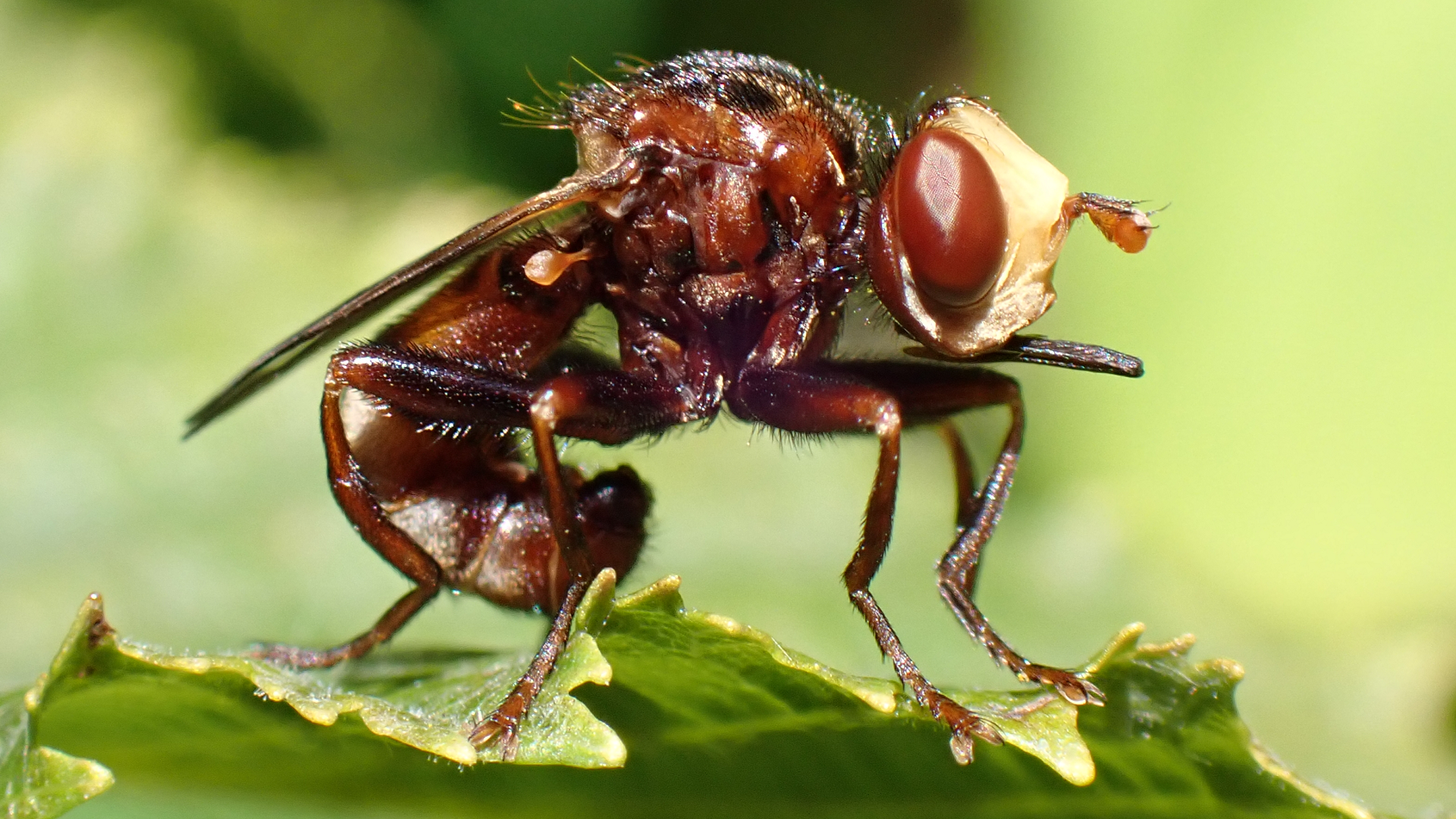
© Raymond Small TQ4793 16/07/2024
Sicus ferrugineus
The Thick-headed Fly has a brown body and a large yellow head with large brown eyes. It is 8-13mm long. Flying from May until September this species is often found resting on hedgerows with the abdomen is folded forward. It feeds on nectar and pollen.
NURSERY WEB SPIDER
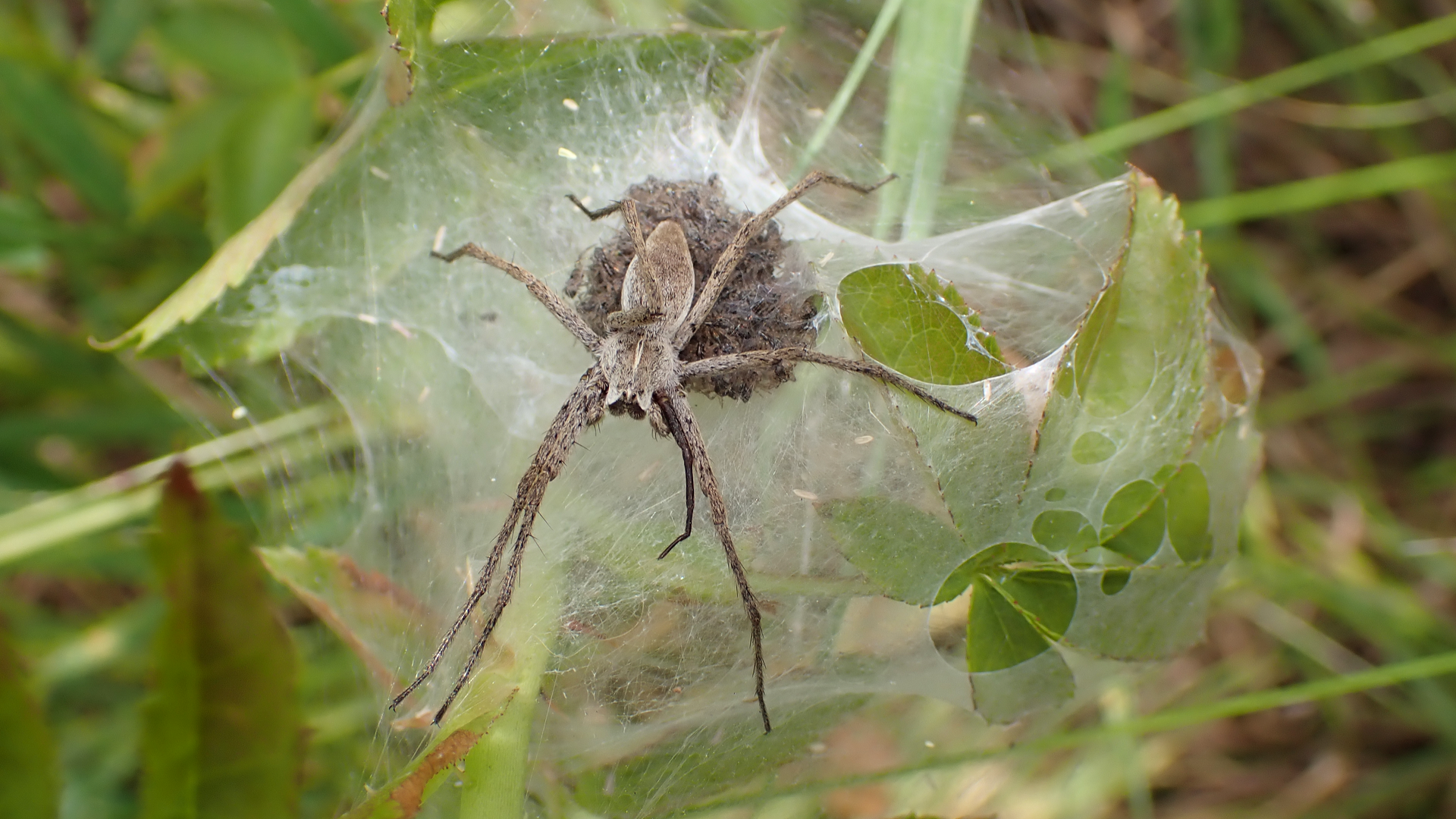
© Raymond Small TQ4792 14/07/2024
Pisaura mirabilis
Nursery web spiders bask on brambles and nettles. They do not use webs to snare prey instead they prefer to sprint after and grab their meals. The female carries around an egg-sac until the time for hatching approaches. She then builds a webbed tent on vegetation which will provide protection for the young until they leave the nest.
COMMON SHREW
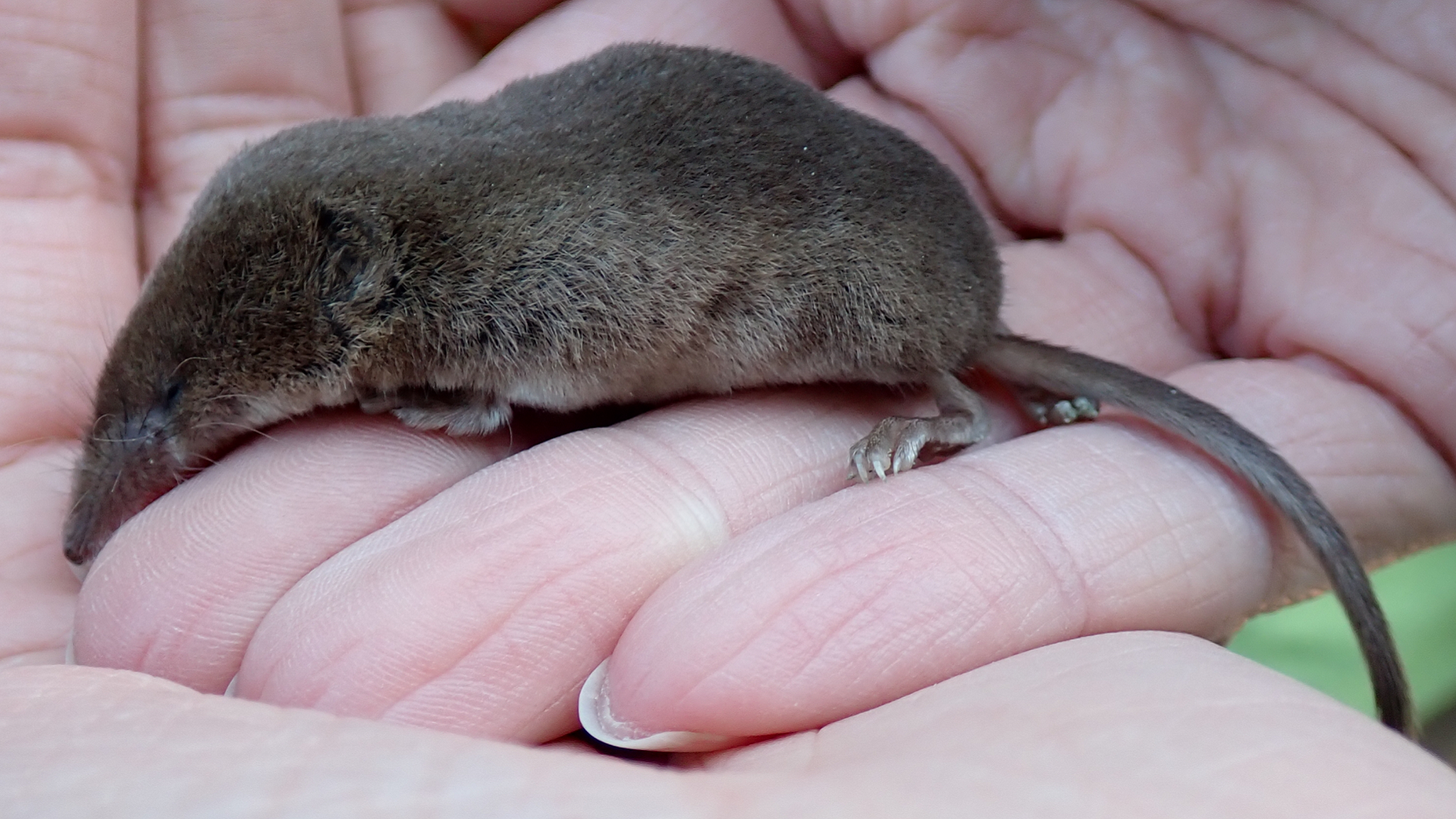
© Raymond Small
TQ4792 11/07/2024
Sorex araneus
Common Shrews are insectivores that need to feed every 2-3 hours to survive. They have a keen sense of smell and use their long noses to search for food in the undergrowth. The common shrew has tiny eyes, very small ears and a dark brown body which is greyish underneath.
HOP TREFOIL
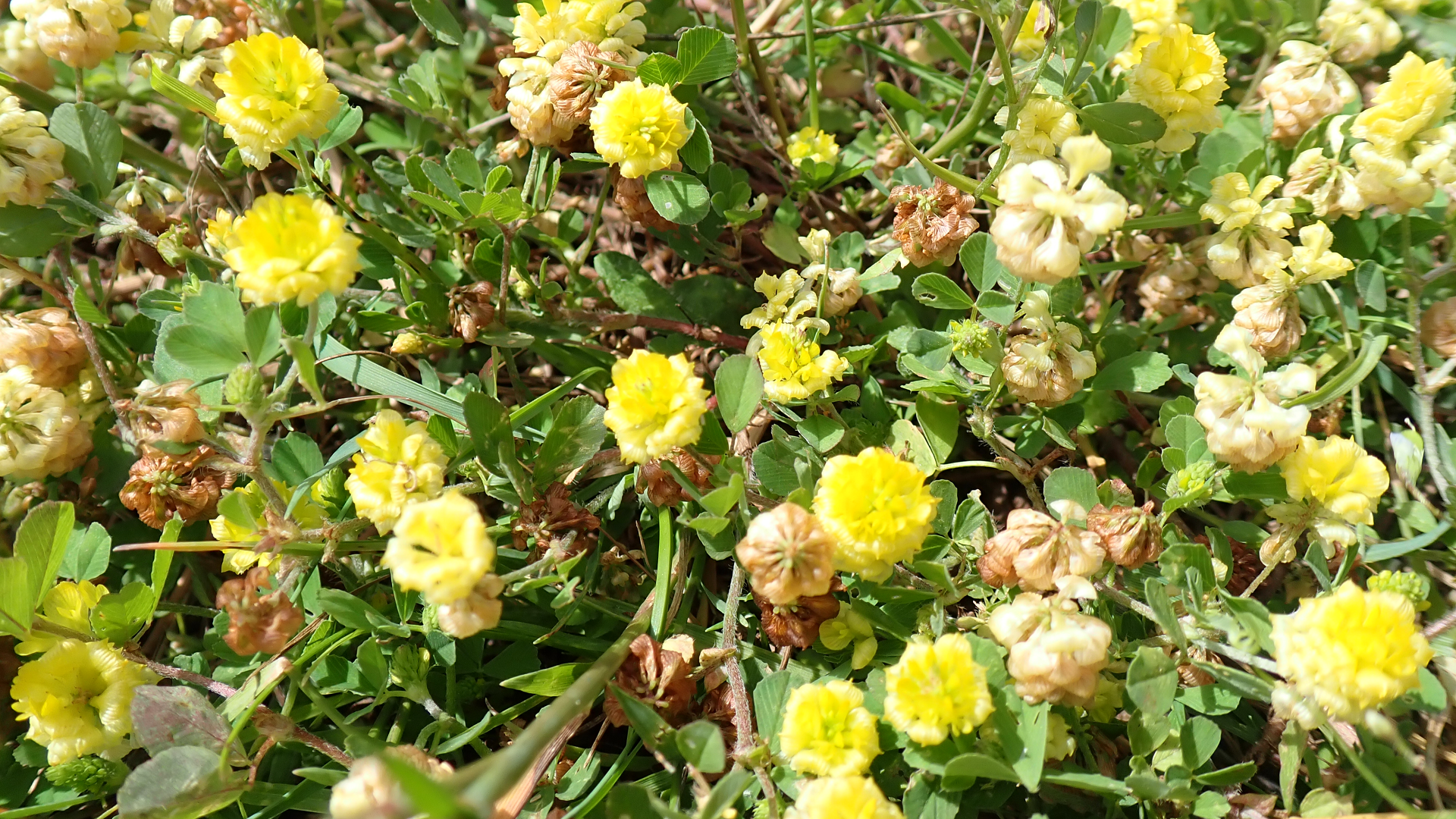
© Raymond Small TQ4893 04/07/2024
Trifolium campestre
Short, hairy annual with long-stalked trefoil leaves found in dry grassland. The roundish yellow flowers (10-15mm) appear from May until September. Dead flowers turn light-brown and hide the pods. Not a very common plant in Hainault Forest.
GREATER BIRD'S-FOOT TREFOIL
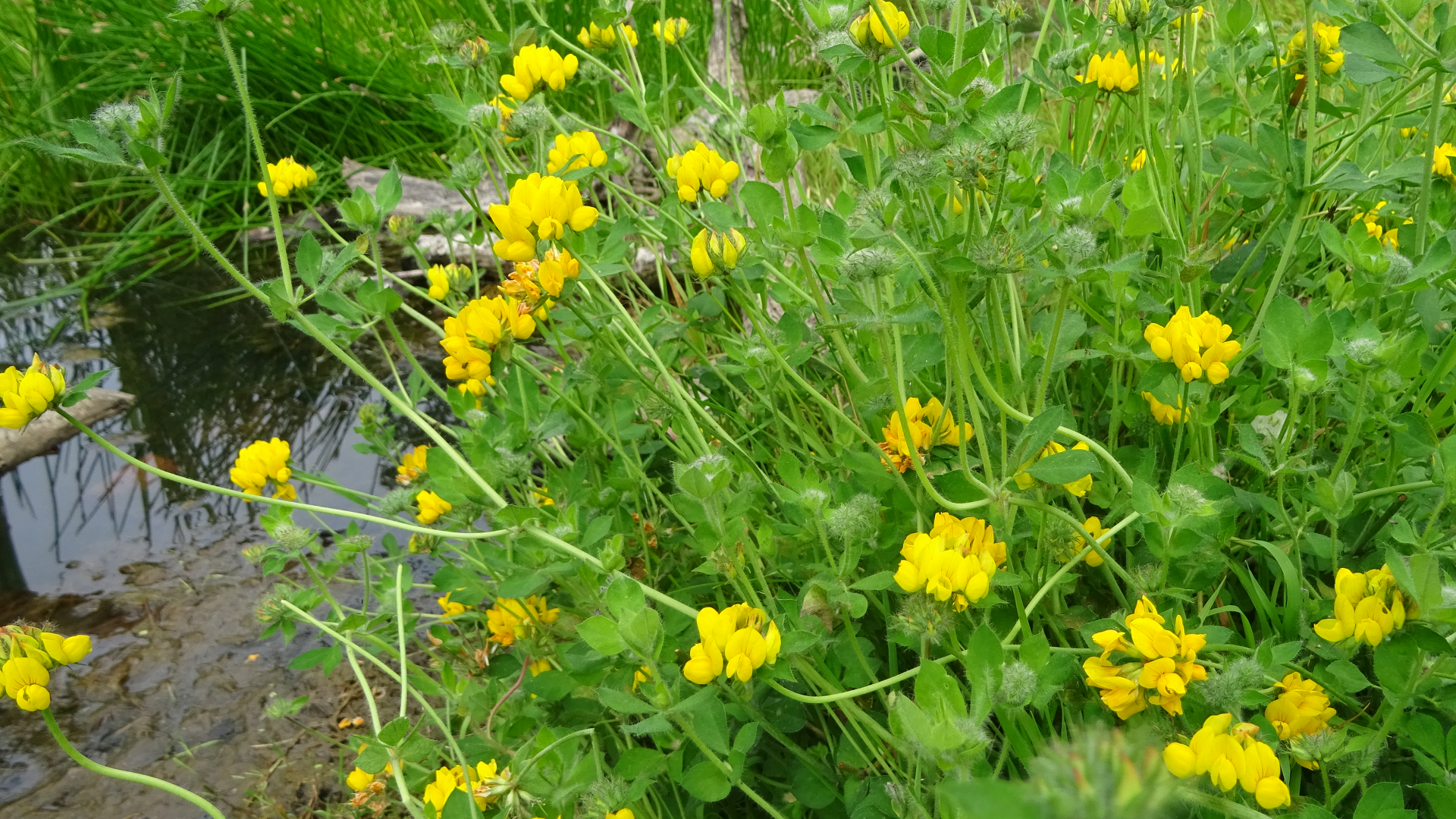
© Raymond Small TQ4792 04/07/2024
Lotus pedunculatus
Perennial found in damp locations from June until August. Its yellow or orange-yellow flowers (10-18 mm) appear together in groups of 5 to 12. The hollow stemmed plants grow to a height of roughly 50 cm. They are stoloniferous, with greyish, often downy leaves and have spreading sepals when in bud.
TUFTED VETCH

© Raymond Small TQ4893 04/07/2024
Vicia cracca
Perennial found in rough grassland that bears bluish-violet flowers (10-12 mm) at equal distances on one side of a central stem (raceme). Flowers nearer the stem base open first. Plants can reach a height of two metres, however they are usually shorter. Pinnate leaves with up to twelve pairs of leaflets end in branched tendrils. Flowers appear from June until August.
ENGLISH STONECROP
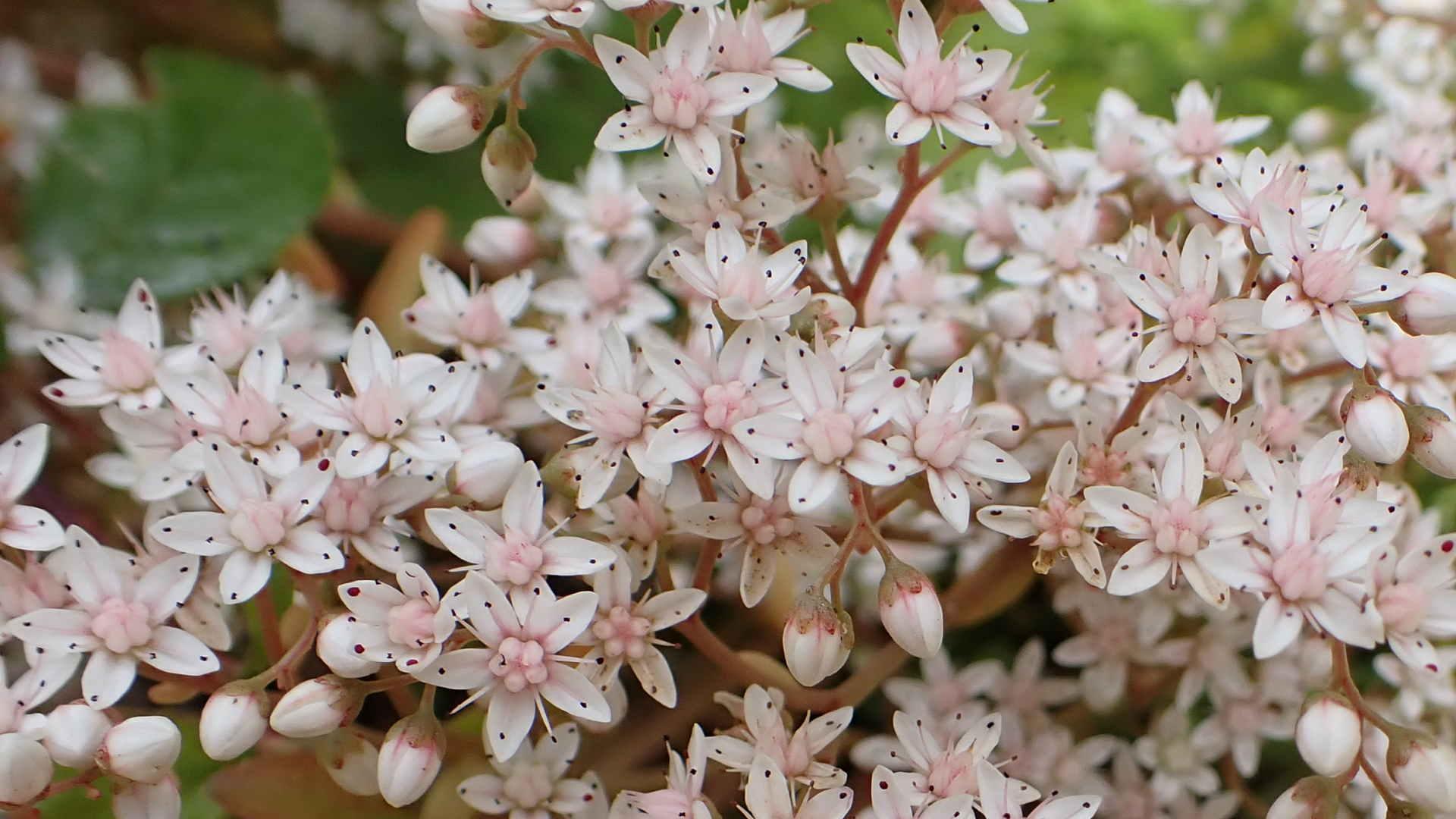
© Raymond Small TQ4792 11/07/2024
Sedum anglicum
This creeping perennial can be found at the edge of the lake path not far from the outflow where there are several small mats growing up to 5 cm high. The five-petalled flowers, 11-12 mm across, are on dense leafy stems. The leaves, 3-5 mm long, are fleshy and cylindrical. This plant is often associated with coastal paths. The website has not recorded it in the forest before.
WATER PLANTAIN
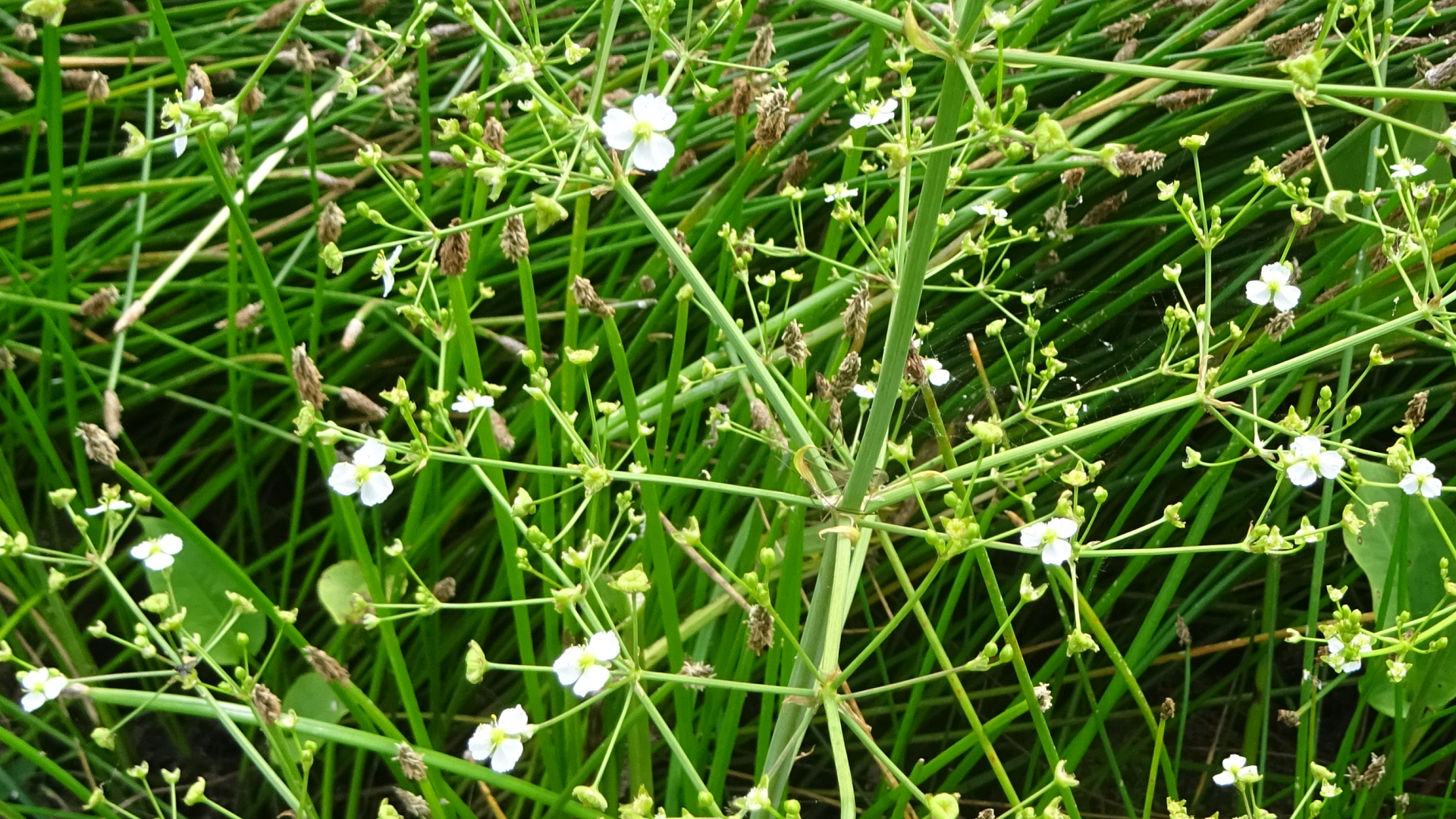
© Raymond Small TQ4994 04/07/2024
Alisma plantago-aquatica
A tall, hairless, oval-leaved, perennial with a preference for shallow water and muddy banks. It blooms from June until September, producing tiny pink-tinged flowers on branching stems.
PURPLE LOOSESTRIFE
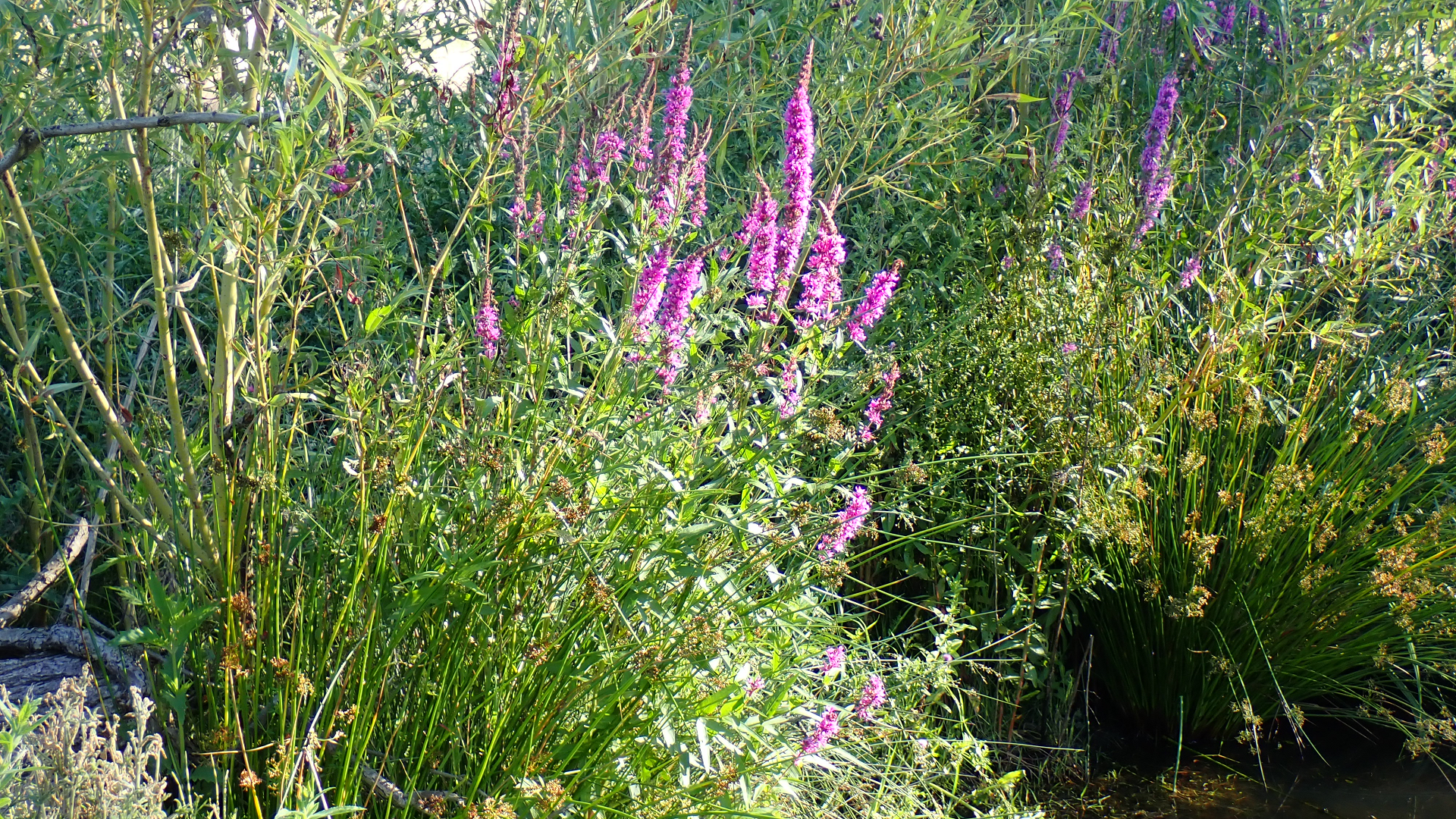
© Raymond Small TQ4792 11/07/2024
Lythrum salicaria
Purple loosestrife is a common plant that grows up to 1.5 metres tall in wet habitats with purple flowers appearing on spikes from June until August. Its long green leaves grow in opposite pairs up the stem.
WELD
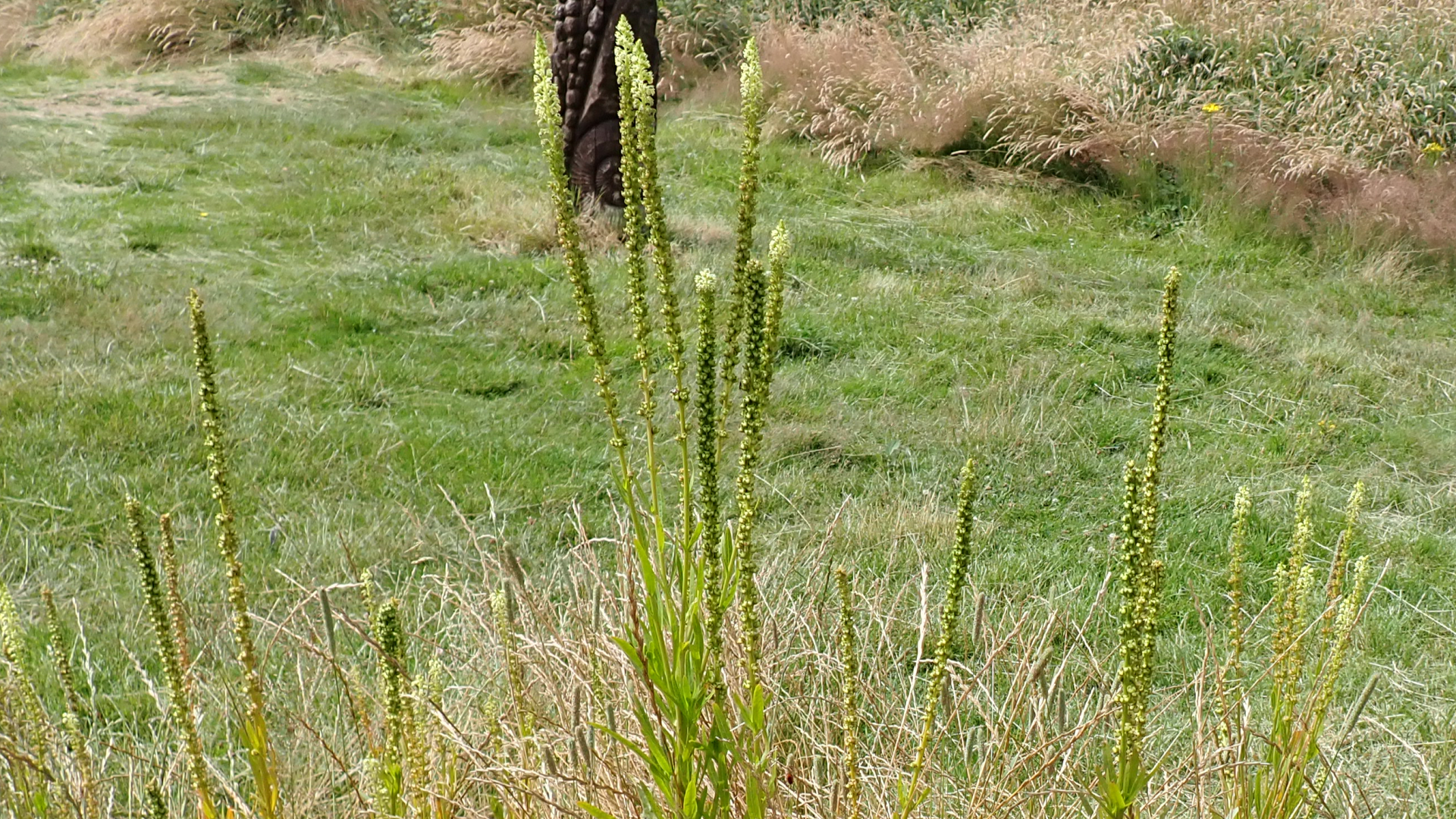
© Raymond Small TQ4792 16/07/2024
Reseda luteola
Weld is a hairless biennial, also known as Dyer's Rocket, sometimes seen near Woodhenge from June until September. Its develops yellow flowers on tall spikes that grow up to 2 metres tall and has unlobed, wavy-edged, lanceolate leaves. Historically, the Romans made a yellow dye from the flowers to colour wedding garments and also robes worn by the Vestal Virgins.
MEADOW CRANESBILL
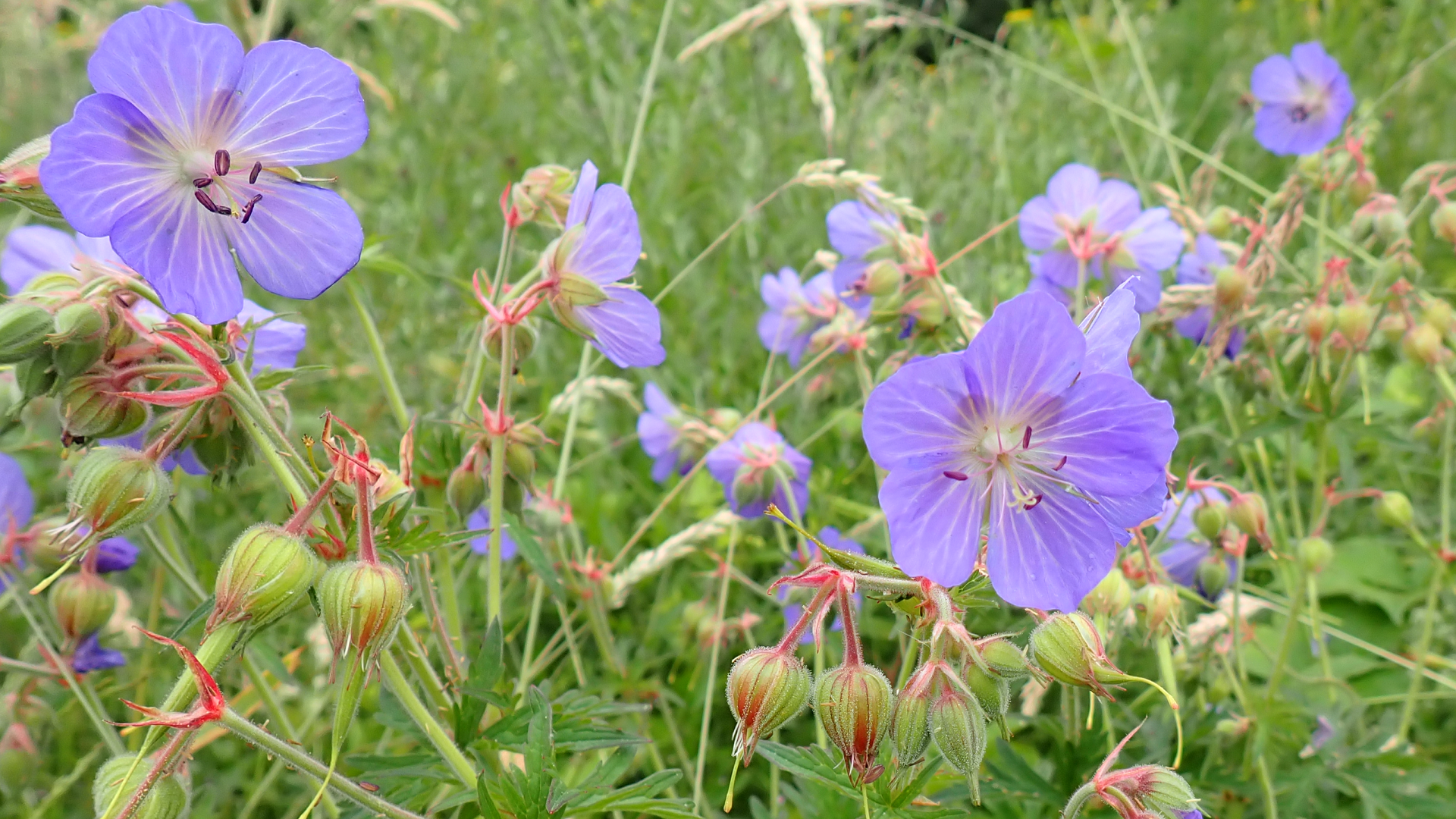
© Raymond Small TQ4792 02/07/2024
Geranium pratense
Found in meadows in sunny locations. Its large blue flowers change into pointed, bill-like seed pods, hence its common name. The leaves are lobed and deeply divided.
BLACK HOREHOUND
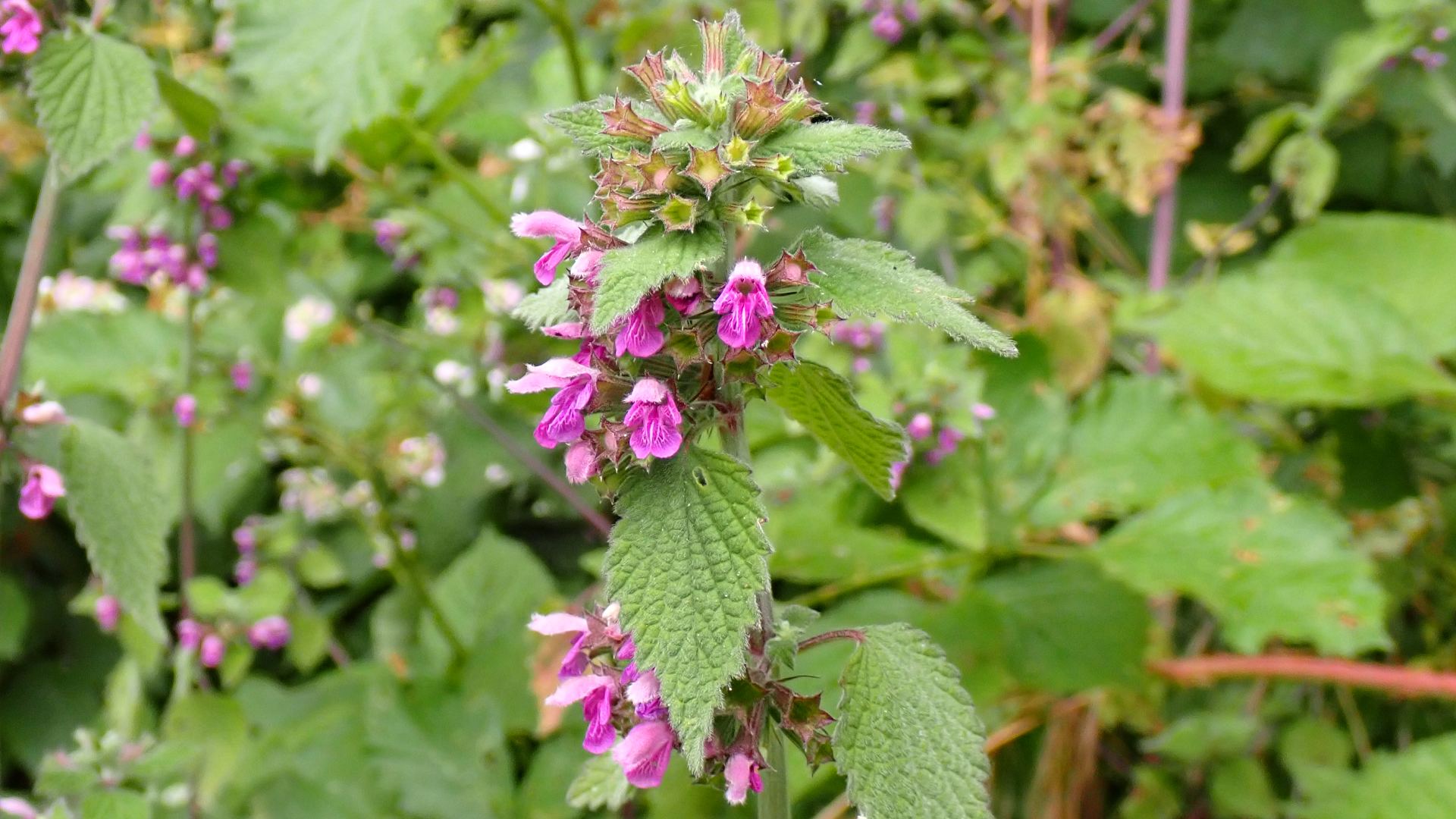
© Raymond Small TQ4792 02/07/2024
Ballota nigra
Black Horehound has pinkish hooded flowers arranged in whorls around the top of its square stems from June until September. The leaves are hairy with toothed edges. It has a pungent smell, especially when the leaves are crushed and is known colloquially as 'Stinking Roger'. Black Horehound belongs to the Mint family.
PERFORATE ST. JOHN'S WORT
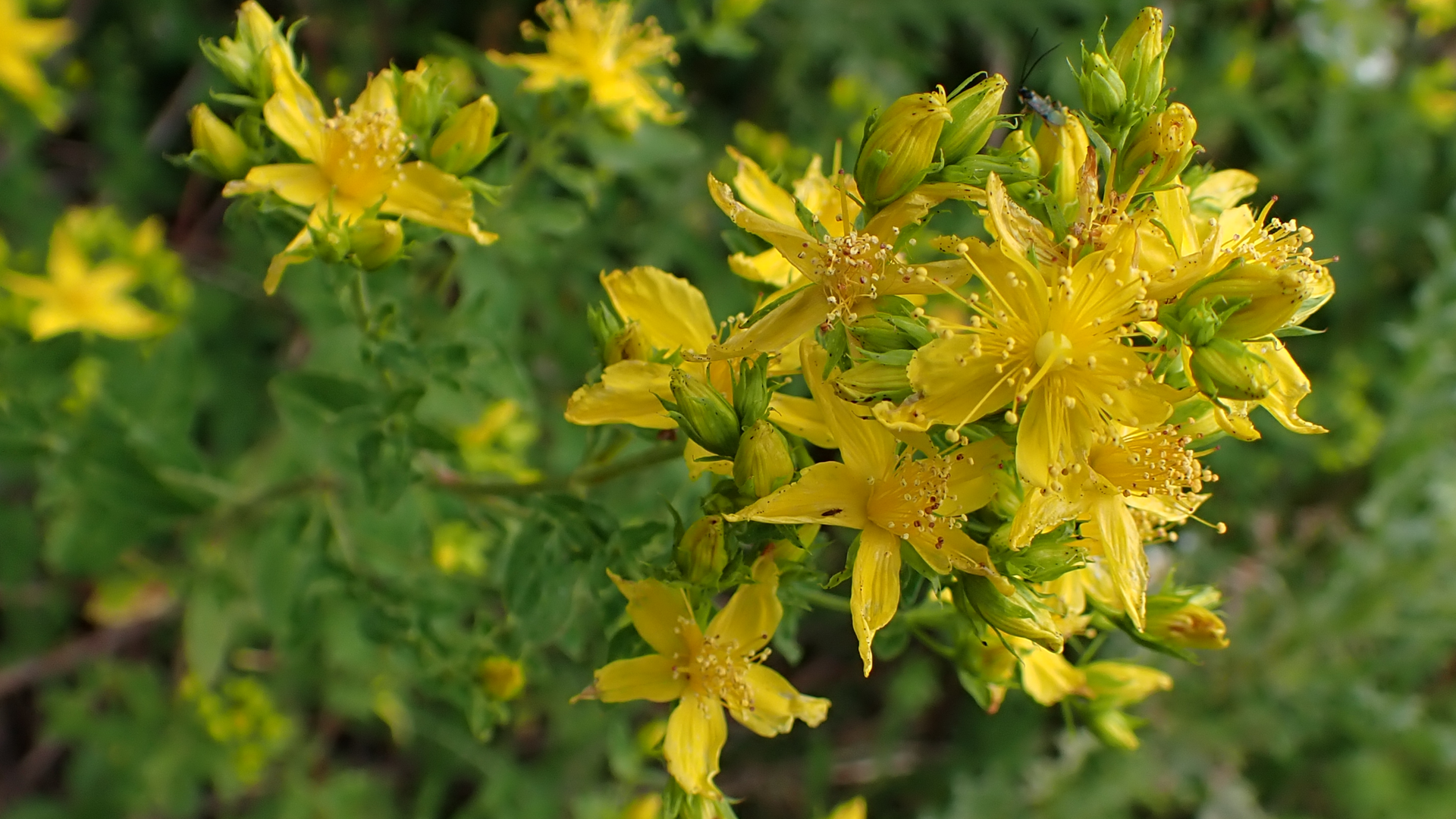
© Raymond Small TQ4792 02/07/2024
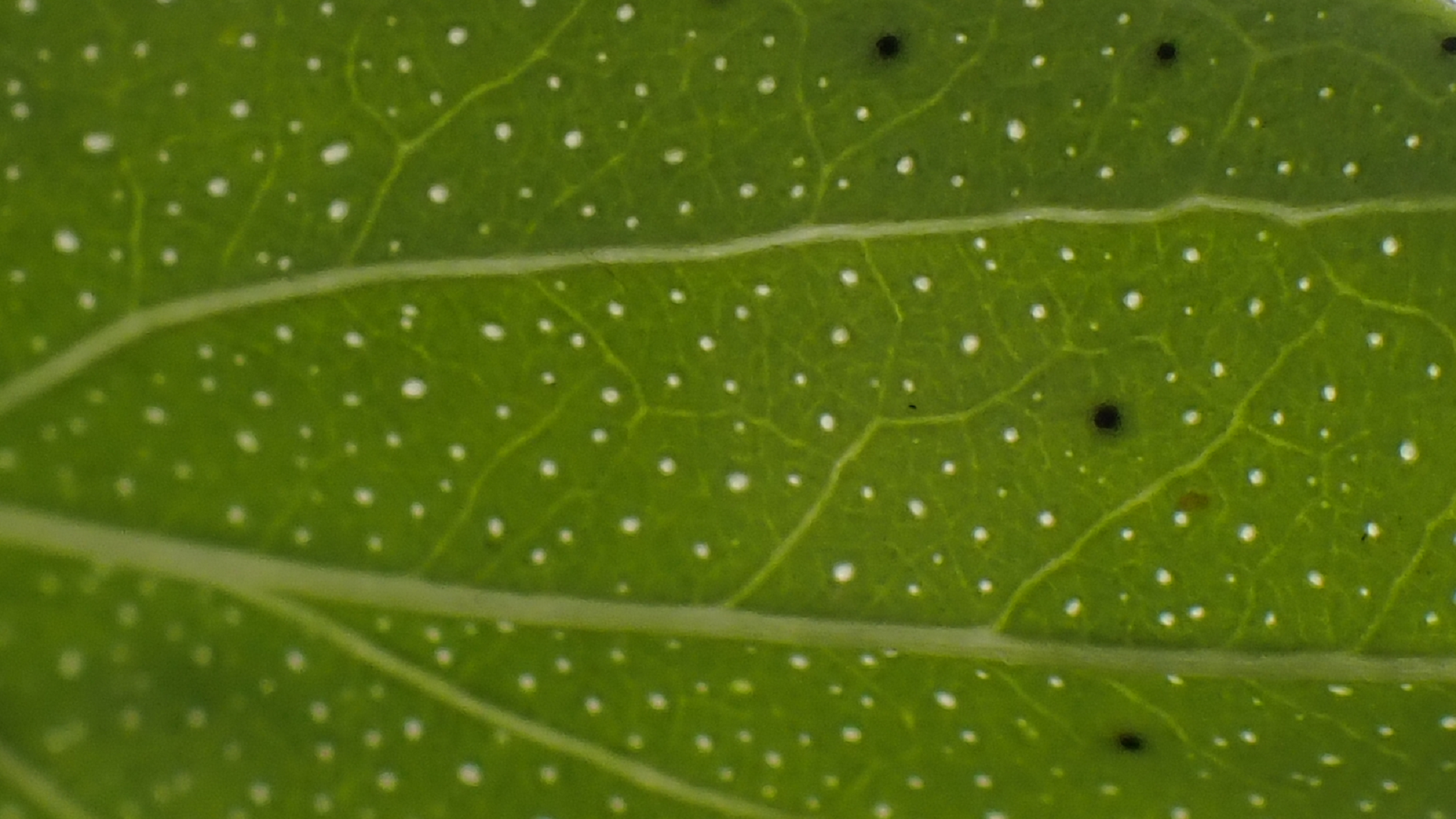
© Raymond Small TQ4792 05/07/2024
Hypericum perforatum
This plant of hedgerows and rough grassland grows up to 80 cm tall. Holding a leaf up to the light will reveal lots of tiny perforations - a useful characteristic when identifying this species. Its yellow flowers appear from June until September.
COMMON CENTAURY
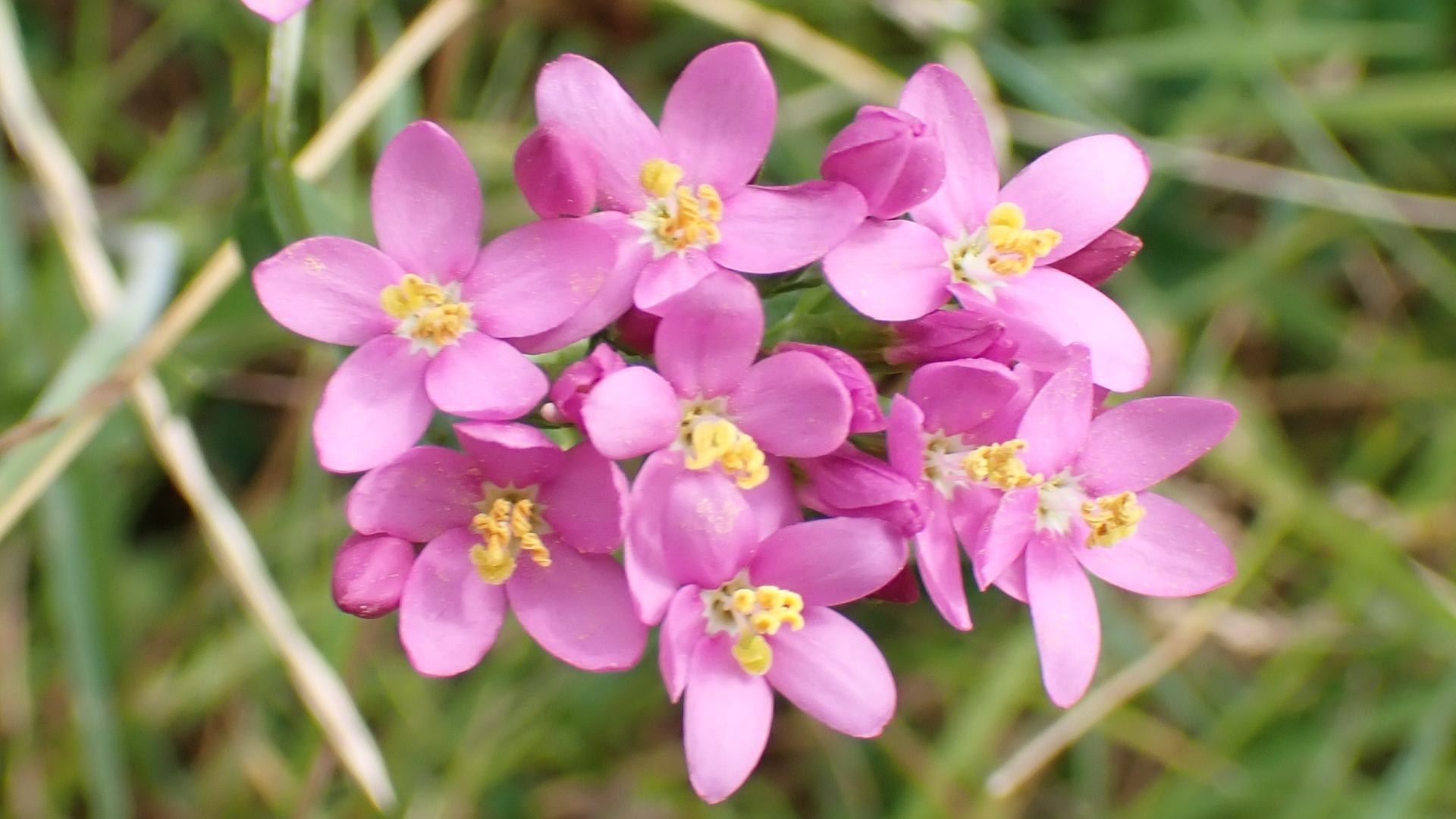
© Raymond Small TQ4894 04/07/2024
Centaurium erythraea
Low-growing grassland plant commonly found in the cattle fields on the east side of Hainault Forest. It blooms from June until September producing pink five-petalled flowers that close in the afternoon. There is a basal rosette of oval leaves and leaves also appear in opposite pairs up the stem.
CODLINS AND CREAM
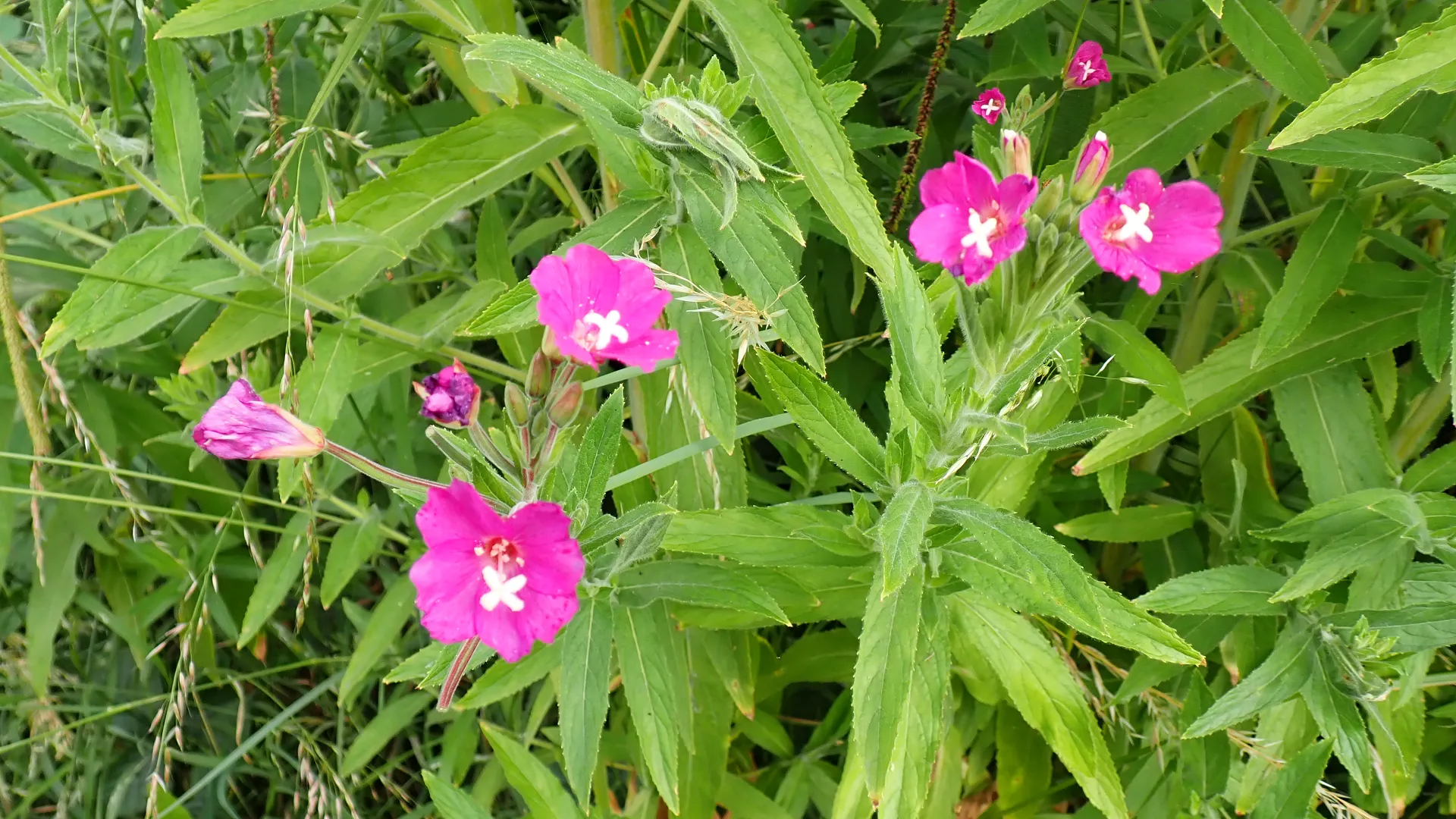
© Raymond Small TQ4692 13/07/2024
Epilobium hirsutum
Also known as Great Willowherb, this is a tall, hairy, plant that grows up to 2 metres tall. It has a preference for damp areas. Flowers appear from July to August which turn into fluffy seeds that are dispersed by the wind. The lanceolate leaves sit opposite each other on the stems.
BRACKEN
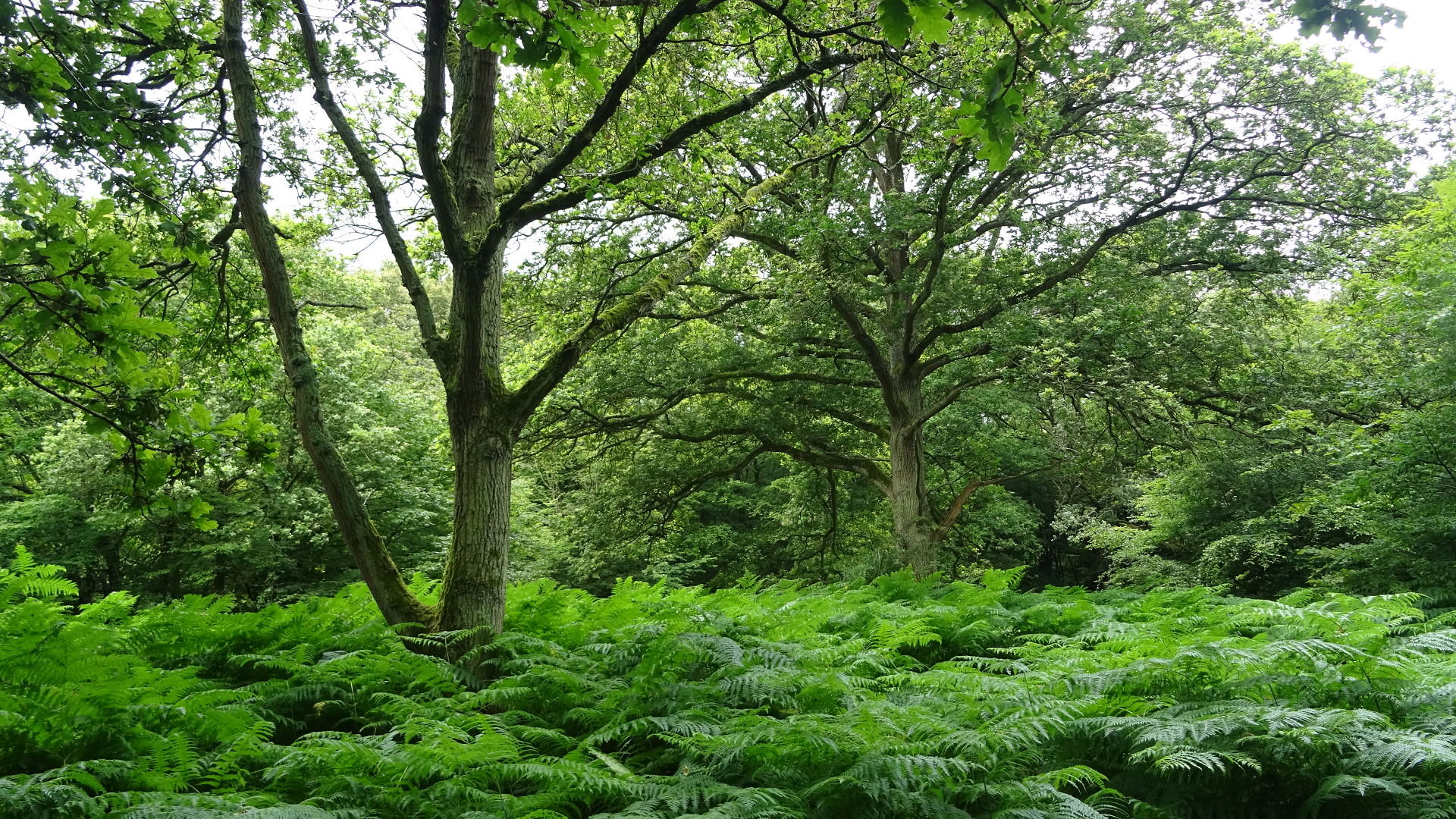
© Raymond Small TQ4793 05/07/2024
Pteridium aquilinum
Bracken is a large fern that covers large areas of the forest floor. Its large, green, branched fronds start appearing during spring and die back to brown in winter. Being a true fern it does not produce flowers or seeds, but spreads by using spores in bodies called 'sori', which form continuous lines on the undersides of the fronds.
CORRESPONDENCE
(A selection from emails received this month)
The balls (April Journal) look very much like seed balls placed with the best intentions but in my opinion not a good idea due to the possibility of introducing non-native species to the forest. Val Several other people have also suggested seed balls.
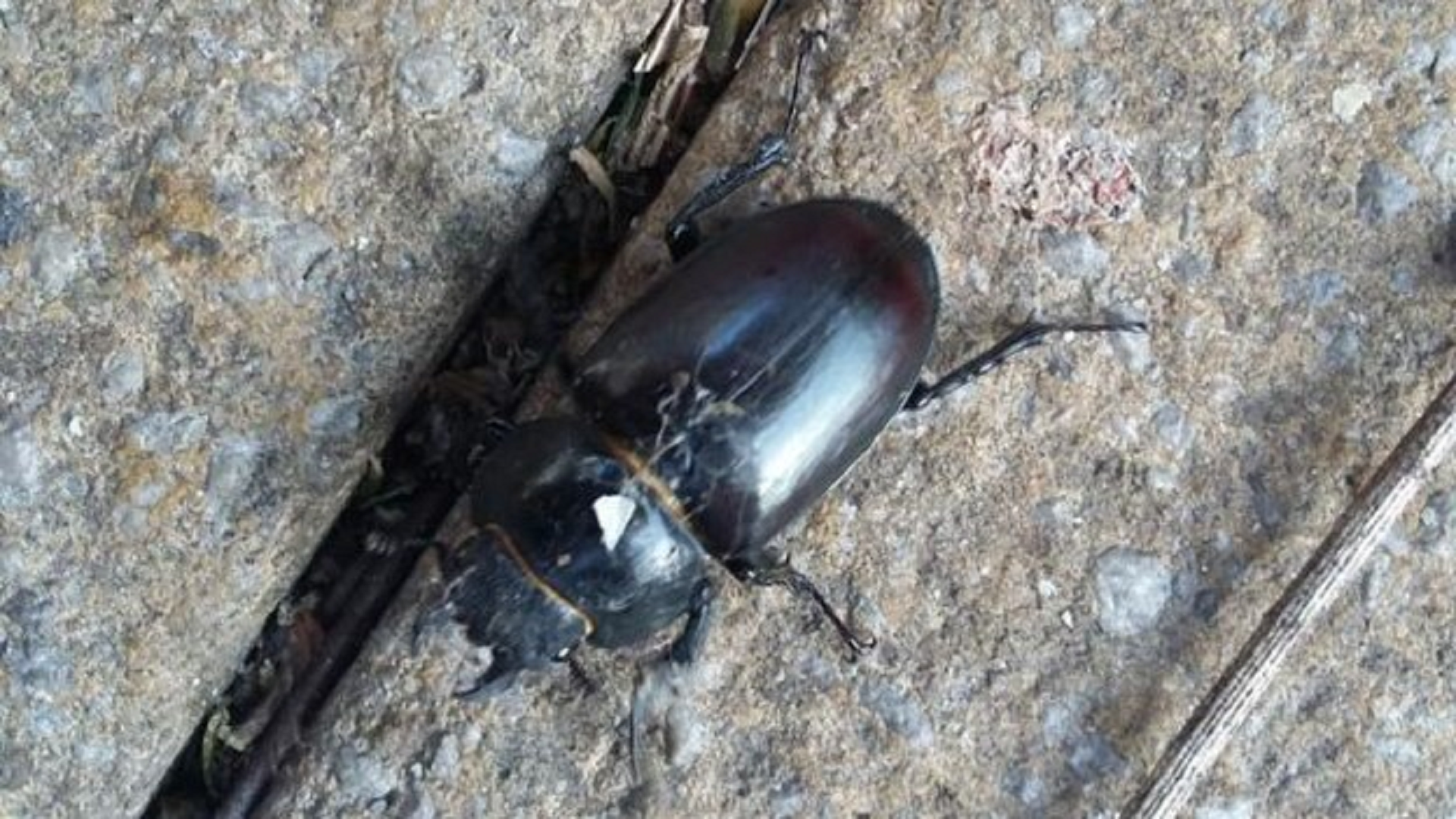
Debi H sent a picture of a female Stag beetle in her garden.
Thank you to everyone that has contributed with pictures, emails, information and identifications.
FOX
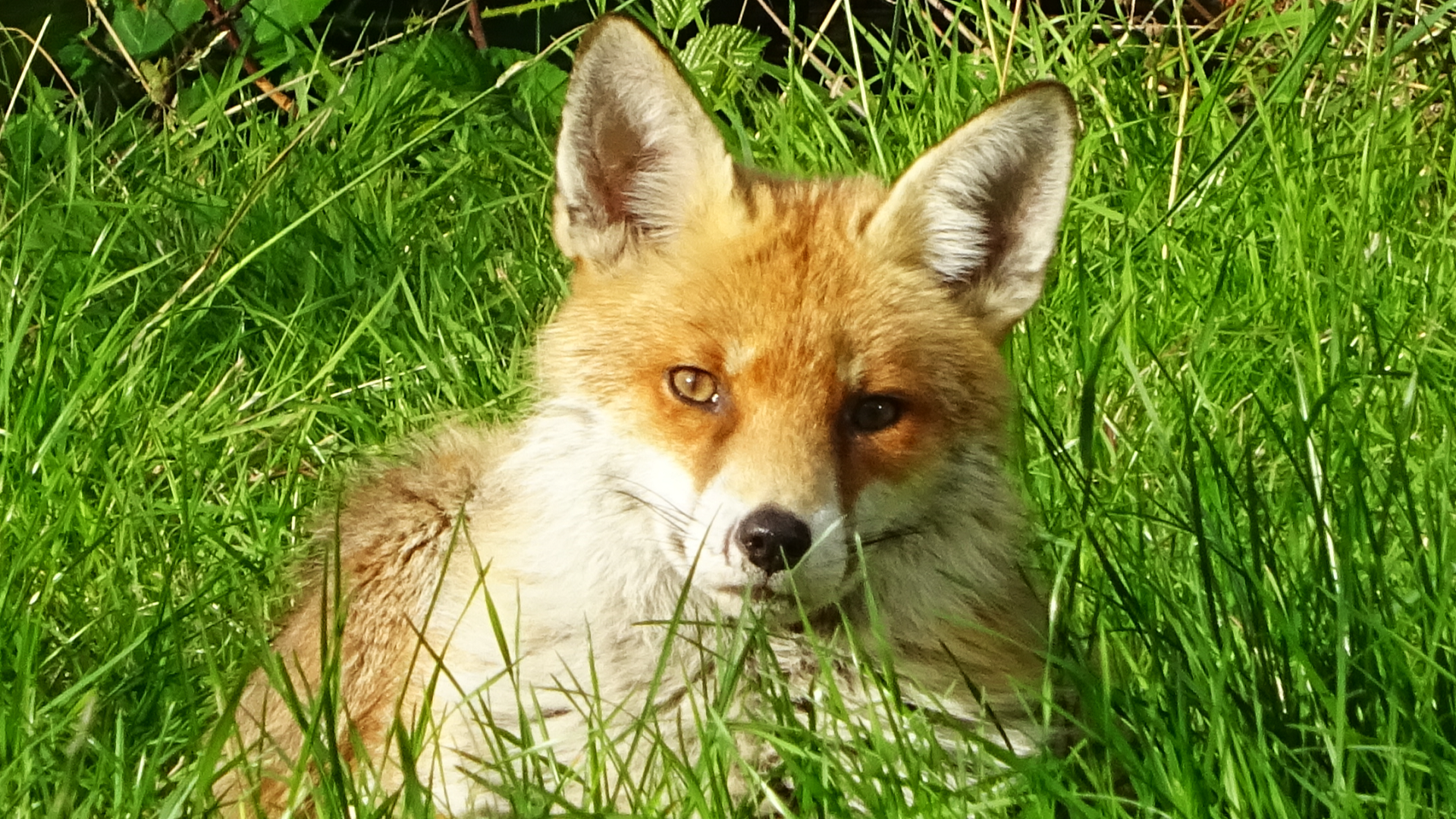
© Raymond Small
TQ4692 16/07/2024
More next month. That's all folks!